Shoulder pulley exercises are a powerful tool for rehabilitation and strengthening the shoulder joint. Whether recovering from an injury, surgery, or dealing with conditions like a frozen shoulder or rotator cuff issues, pulley exercises can help you regain mobility, flexibility, and strength. In this article, we’ll explore various pulley exercises for the shoulder, their benefits, and the best equipment to use for your rehab journey.
What Are Shoulder Pulley Exercises?
Understanding the Basics of Shoulder Pulley Exercises
Shoulder pulley exercises utilize a simple pulley system to assist with shoulder movement, providing resistance and controlled motion. These exercises can be performed either at home or in a therapy setting. The pulley system typically consists of a rope, handle, and a door mount, allowing the user to perform a wide range of movements to strengthen and rehabilitate the shoulder.
Why Shoulder Pulley Exercises Are Essential for Rehab
Whether you’re dealing with shoulder pain, stiffness, or recovery from surgery (like a shoulder replacement), these exercises are invaluable. They offer a low-impact, controlled method to improve flexibility, range of motion, and muscle strength without stressing the joint.
Types of Shoulder Pulley Exercises
Over Door Pulley Exercises
Over the door pulley exercises are a fantastic way to target your shoulder while using a simple system that can be set up anywhere. By anchoring the pulley over a door, you can perform a variety of stretches and strength-building exercises that help restore mobility to your shoulder. Some of the best over door pulley exercises include:
- Shoulder Flexion: Pull the rope upwards to help improve overhead motion.
- Shoulder Abduction: Use the pulley to move your arm outward, improving lateral movement.
- External Rotation: Rotate your arm outward, targeting the rotator cuff muscles.
Overhead Pulley Exercises
Overhead pulley exercises target the muscles in the shoulder and upper back. These exercises are ideal for improving mobility, especially after surgeries like rotator cuff repairs or shoulder replacements.
- Overhead Pulley for Shoulder Exercise: Using the overhead pulley setup, perform controlled movements to raise your arms above your head. This motion helps increase flexibility and reduce stiffness.
Arm Pulley Exercises
Arm pulley exercises involve pulling the rope with your arm to perform a variety of motion patterns. These can range from simple stretches to more complex strengthening exercises. Key exercises include shoulder flexion and extension, which are critical for rebuilding strength and flexibility in the shoulder joint.
Specific Shoulder Conditions and Pulley Exercises
Pulley Exercises for Rotator Cuff Injury
Rotator cuff injuries often lead to pain and limited mobility. Pulley exercises designed specifically for the rotator cuff can help rebuild strength and restore function. For example:
- Rotator Cuff Pulley Exercises: By using a pulley to support and guide the arm through a range of motion, you can target the rotator cuff muscles, helping them recover from strains or tears.
Pulley Exercises for Frozen Shoulder
Frozen shoulder (adhesive capsulitis) is a condition characterized by stiff and painful shoulder joints. Pulley exercises for frozen shoulder are crucial for improving mobility. Regular use of an overhead pulley system can help gently stretch the shoulder capsule, improving both flexibility and comfort over time.
- Pulley for Frozen Shoulder: Performing gentle range-of-motion exercises can significantly reduce the pain and stiffness associated with frozen shoulder.
Benefits of Using a Shoulder Pulley for Rehab
Increasing Flexibility and Range of Motion
One of the primary goals of shoulder pulley exercises is to increase flexibility. These exercises help lengthen the muscles and soft tissues around the shoulder joint, which is especially helpful in treating stiffness or a frozen shoulder.
Strengthening the Shoulder Muscles
In addition to improving mobility, shoulder pulley exercises also strengthen the muscles surrounding the shoulder joint, such as the deltoids, rotator cuff, and scapular stabilizers. This is key to preventing future injuries and enhancing overall shoulder stability.
Choosing the Best Shoulder Pulley System for Physical Therapy
Best Over-the-Door Shoulder Pulley
When selecting a pulley system, it’s important to choose a high-quality product. The best over-the-door shoulder pulley systems come with adjustable ropes, sturdy handles, and durable construction. A good pulley should allow for smooth motion and be able to support your body weight during exercises.
Features to Look for in a Therapy Pulley System
The ideal therapy pulley system should be versatile, easy to set up, and safe to use. Look for pulleys with adjustable resistance, comfort handles, and the ability to mount securely over a door. The system should be able to support a range of exercises, from simple stretches to more advanced rehab movements.
How to Perform Pulley Exercises Safely and Effectively
Step-by-Step Guide for Over Door Pulley Exercises
- Set up the pulley: Securely attach the pulley system to the top of a door.
- Position the handle: Grasp the handle with the affected arm, ensuring the rope is taut.
- Move gently: Begin with gentle movements, focusing on controlled motions to prevent strain.
- Increase resistance gradually: As your range of motion improves, gradually increase the resistance by adjusting the pulley.
Common Mistakes to Avoid
- Using too much resistance: Always start with light resistance and gradually increase as you gain strength and mobility.
- Overextending the arm: Only extend your arm as far as is comfortable—forcing it can lead to injury.
Tips for Maximizing the Effectiveness of Pulley Exercises
Consistency Is Key
Regular practice is essential for seeing progress. Perform shoulder pulley exercises at least 3–4 times a week for the best results. Consistency will help increase flexibility and rebuild shoulder strength more quickly.
Incorporate Other Exercises
While pulley exercises are essential, don’t forget to combine them with other exercises for comprehensive shoulder rehab. Stretching, strengthening, and stabilization exercises can all work in tandem with pulley exercises to enhance recovery.
Conclusion: Achieving Full Shoulder Recovery with Pulley Exercises
Shoulder pulley exercises are a vital component of any rehab or therapy program for the shoulder. Whether you're recovering from an injury or surgery, using a pulley system for physical therapy can help restore your mobility and strength. With consistent effort and the right tools, you can successfully rehabilitate your shoulder and return to your regular activities with confidence.
FAQs About Shoulder Pulley Exercises
1. How often should I do shoulder pulley exercises?
For best results, aim to perform shoulder pulley exercises 3–4 times a week. Be consistent, but avoid overdoing it to prevent strain or injury.
2. Can pulley exercises help with rotator cuff injuries?
Yes, pulley exercises are excellent for rehabilitating rotator cuff injuries. They help strengthen the muscles and improve flexibility, which can speed up recovery.
3. What’s the best shoulder pulley for physical therapy?
The best shoulder pulley for physical therapy should be durable, adjustable, and easy to set up. Look for pulleys that offer smooth motion and can be mounted over a door.
4. Can I use a pulley for frozen shoulder?
Yes, pulley exercises are one of the most effective ways to improve flexibility and range of motion for those with frozen shoulder. Start slowly and gradually increase the intensity.
5. How do I set up an overhead pulley system?
An overhead pulley system can be set up by securely anchoring the pulley at a height above your head, such as a door frame. Then, use the pulley to guide your arm through gentle motions to regain mobility.
6. Are there any risks associated with pulley exercises?
While pulley exercises are generally safe, it’s important to avoid using too much resistance or forcing the shoulder into painful positions. Always listen to your body and consult with a therapist if unsure.

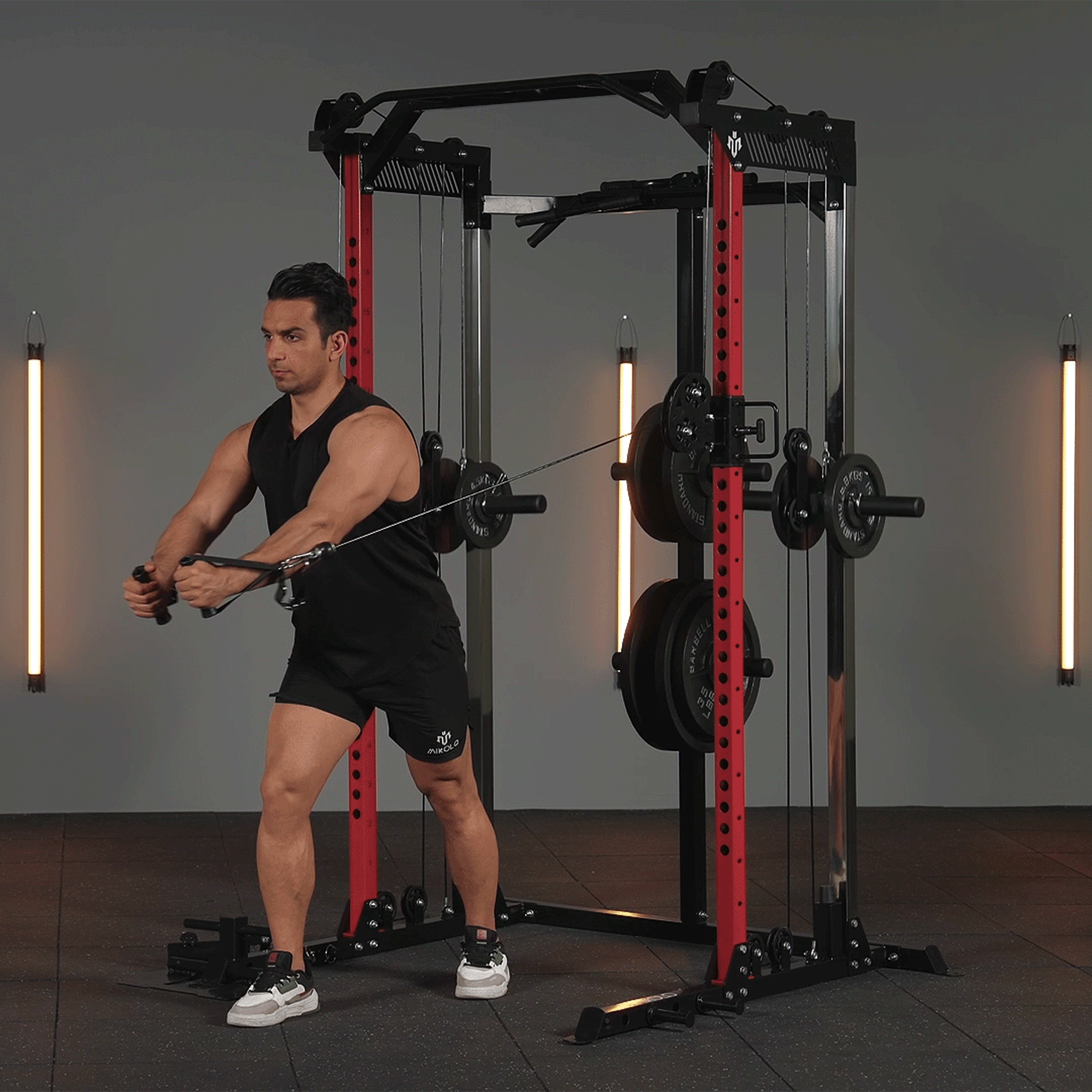
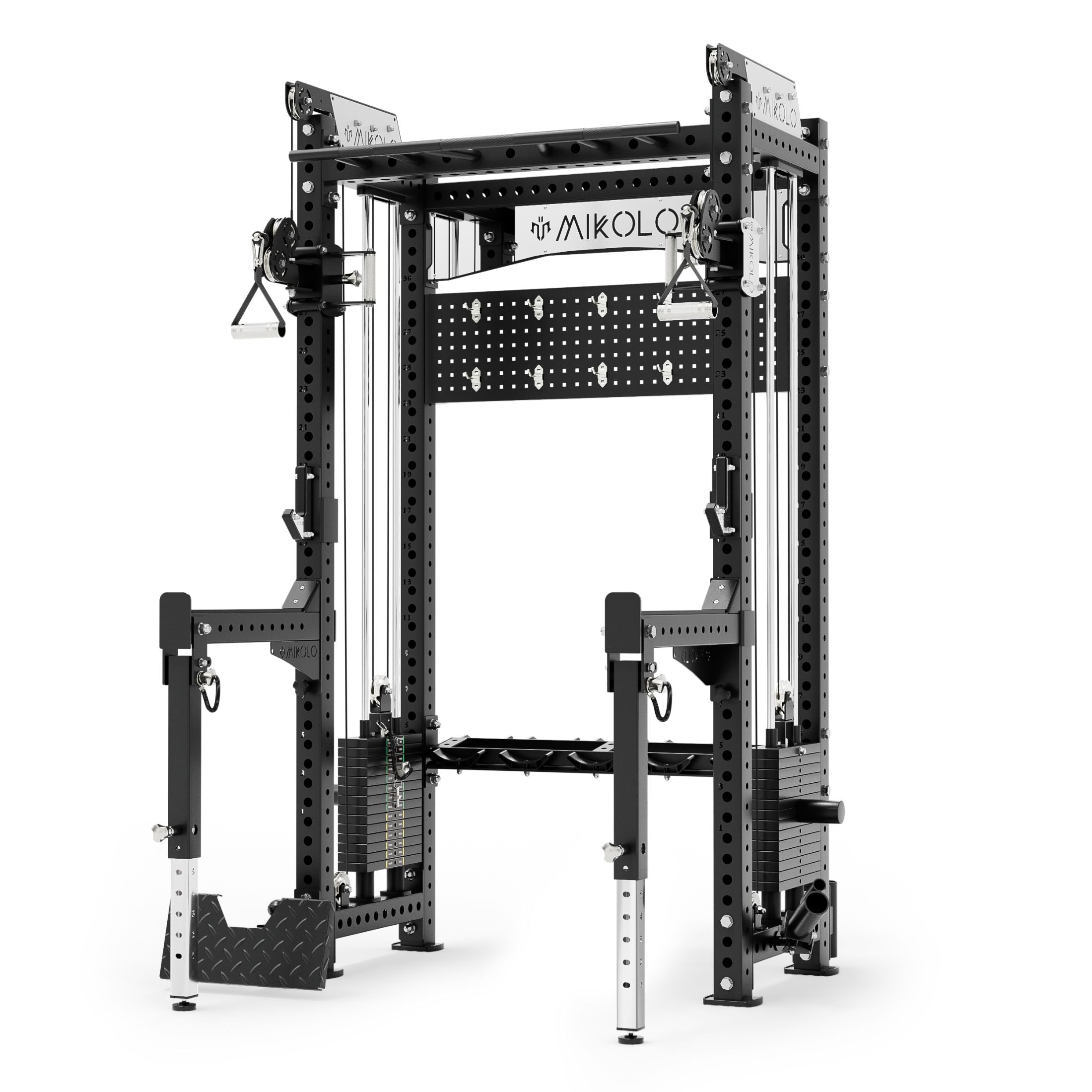
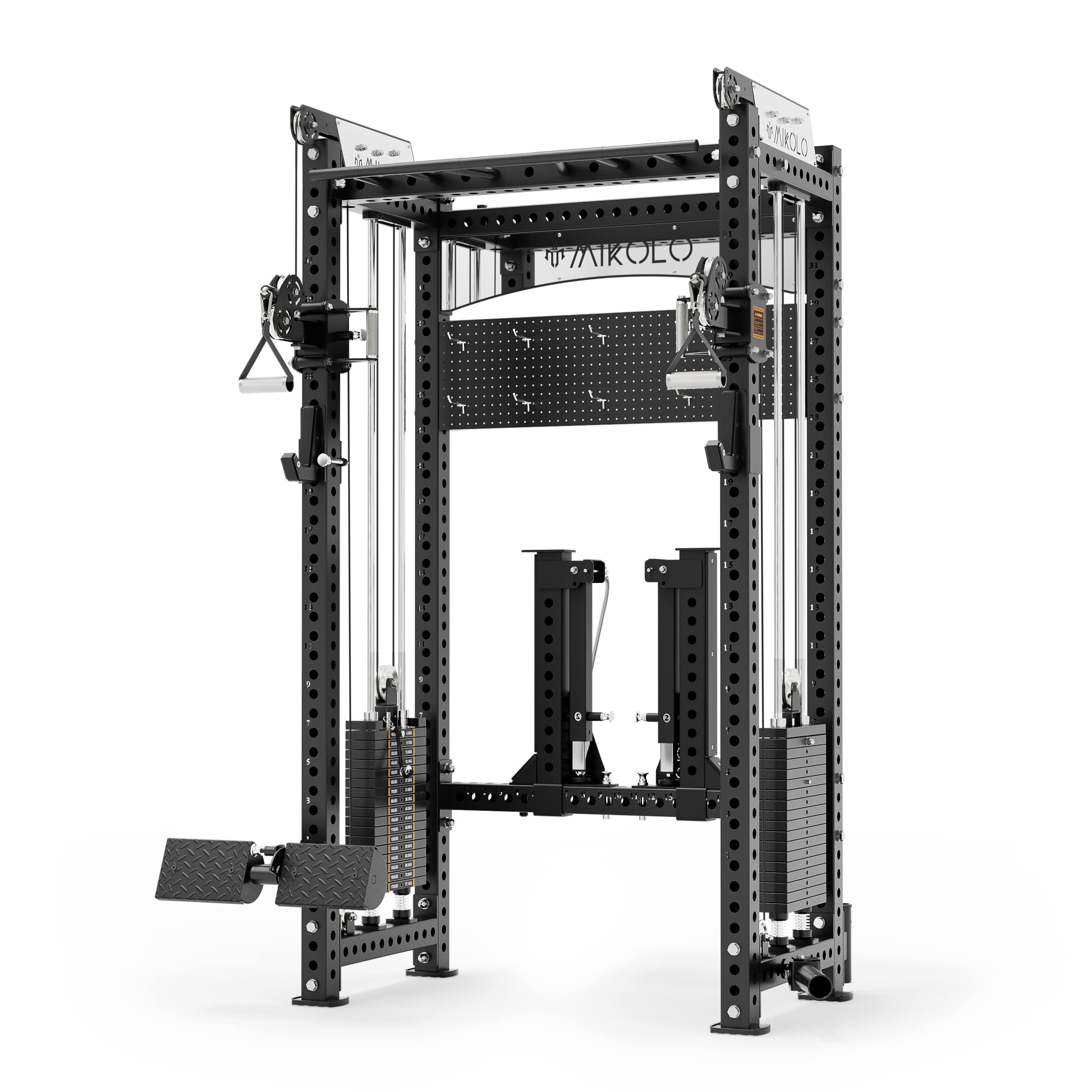
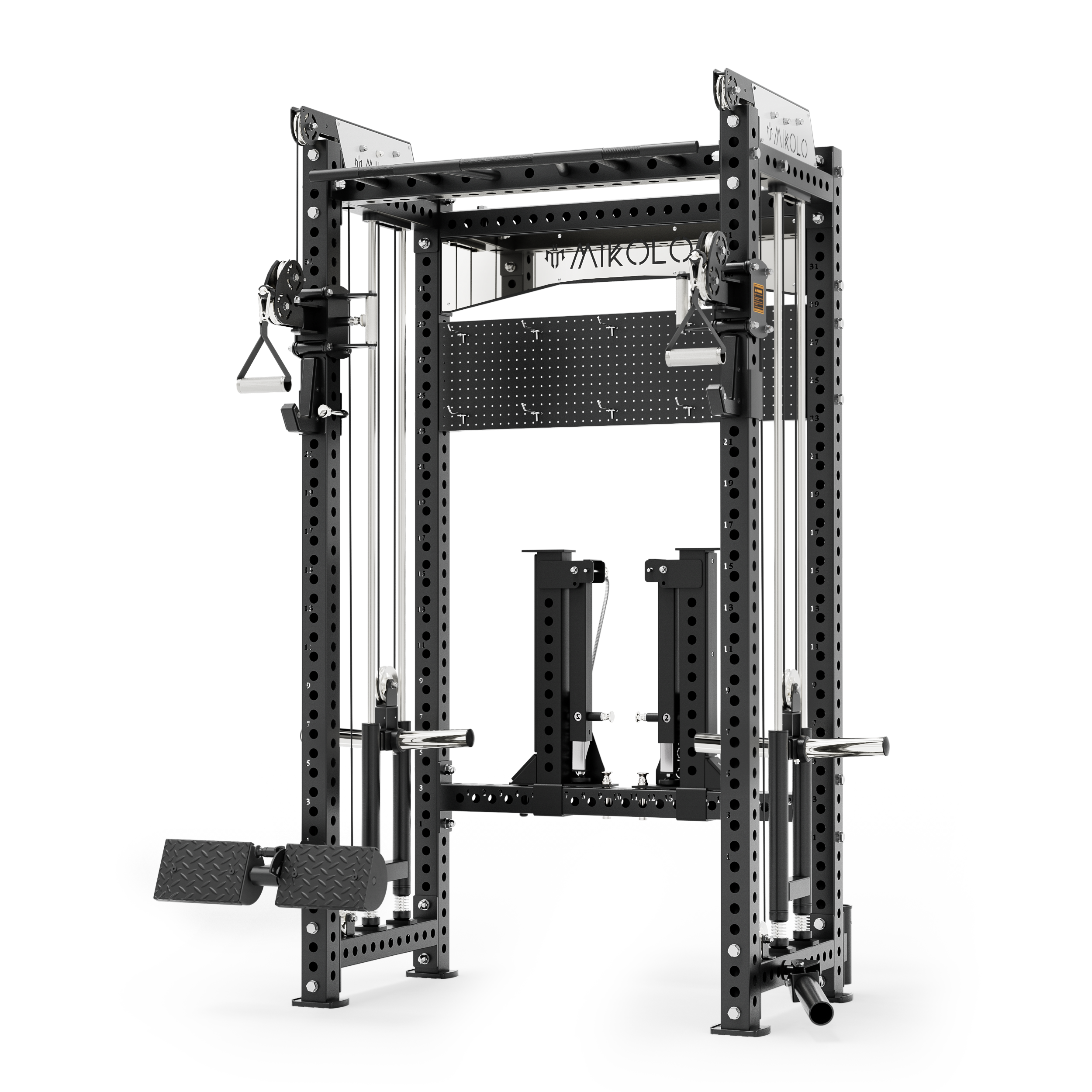
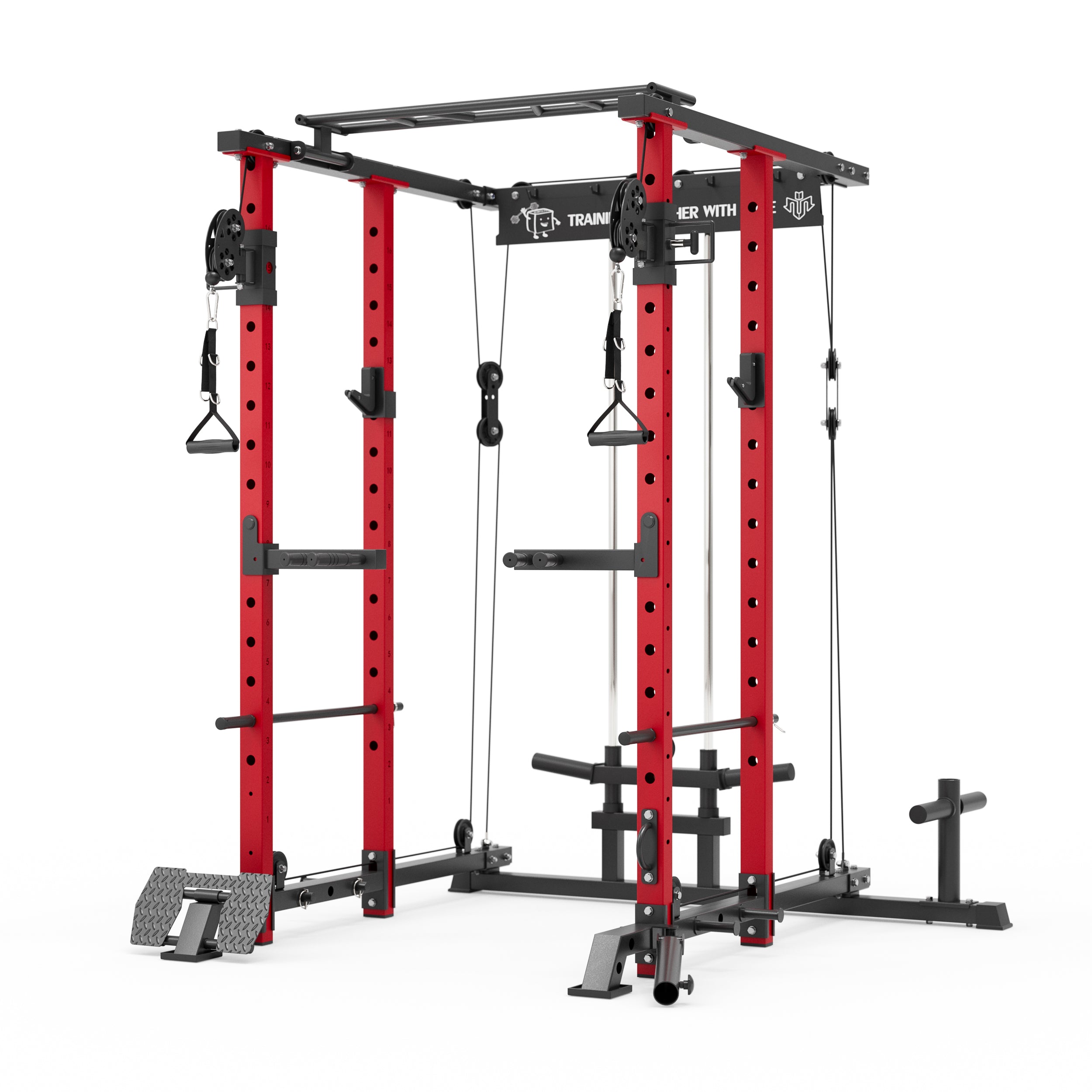
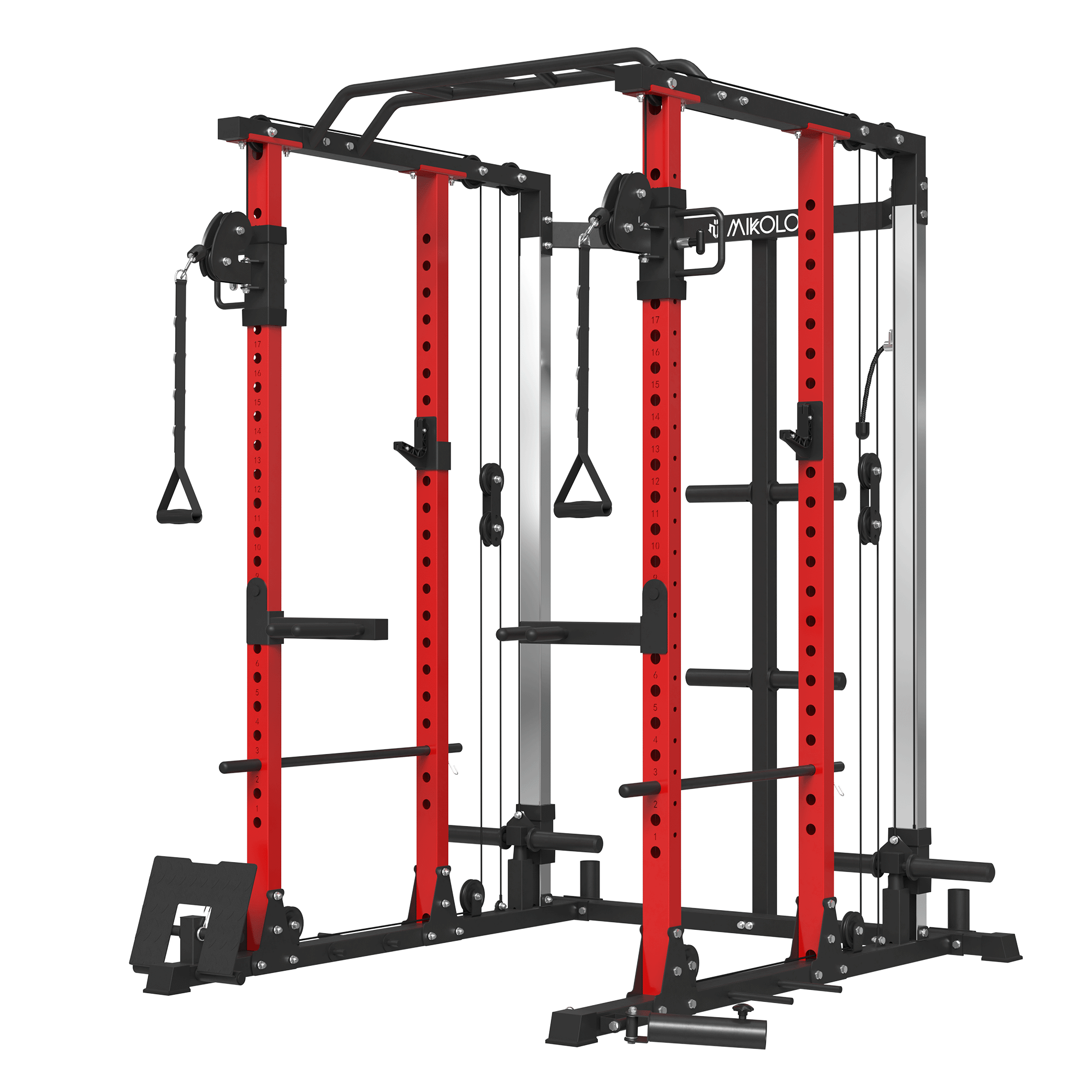
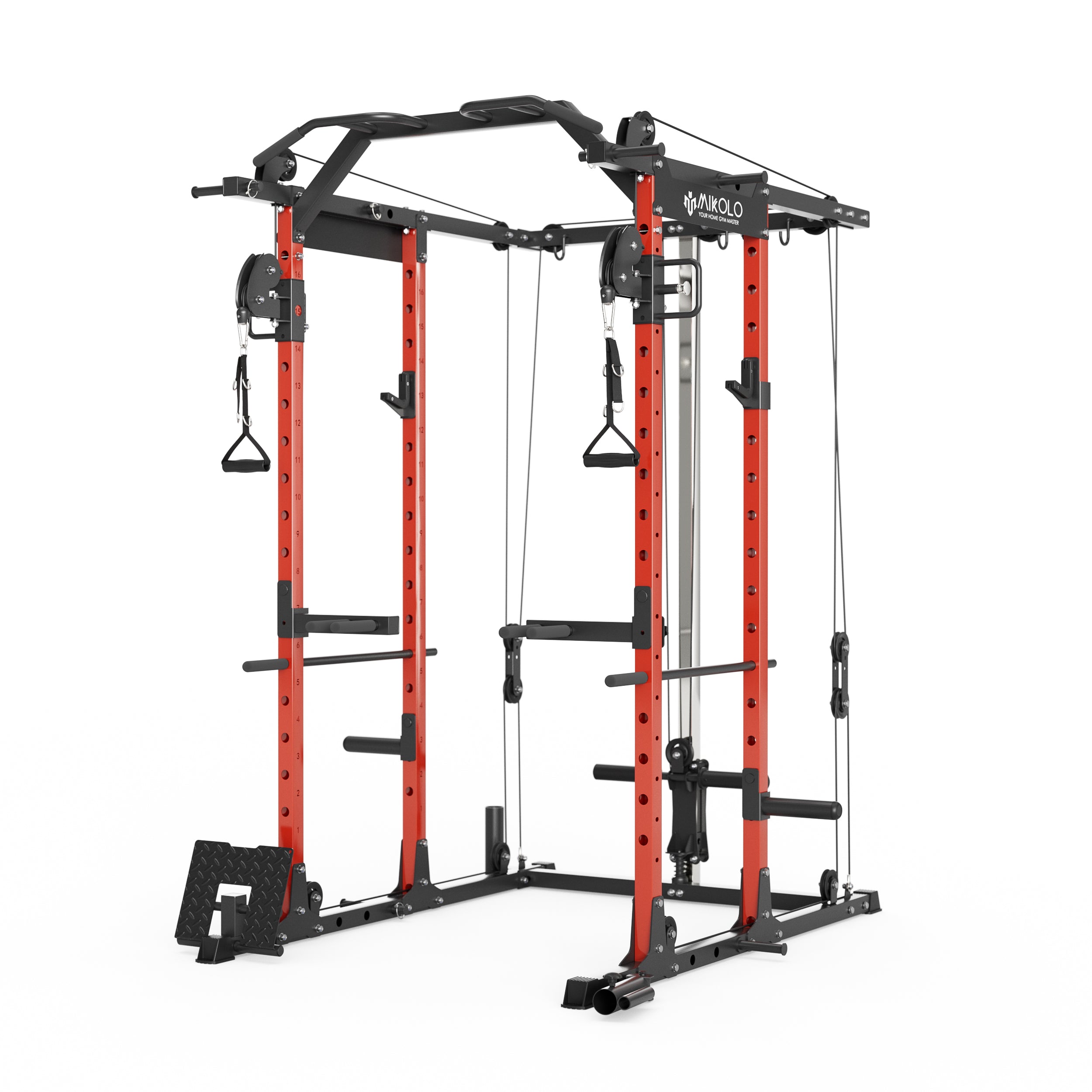
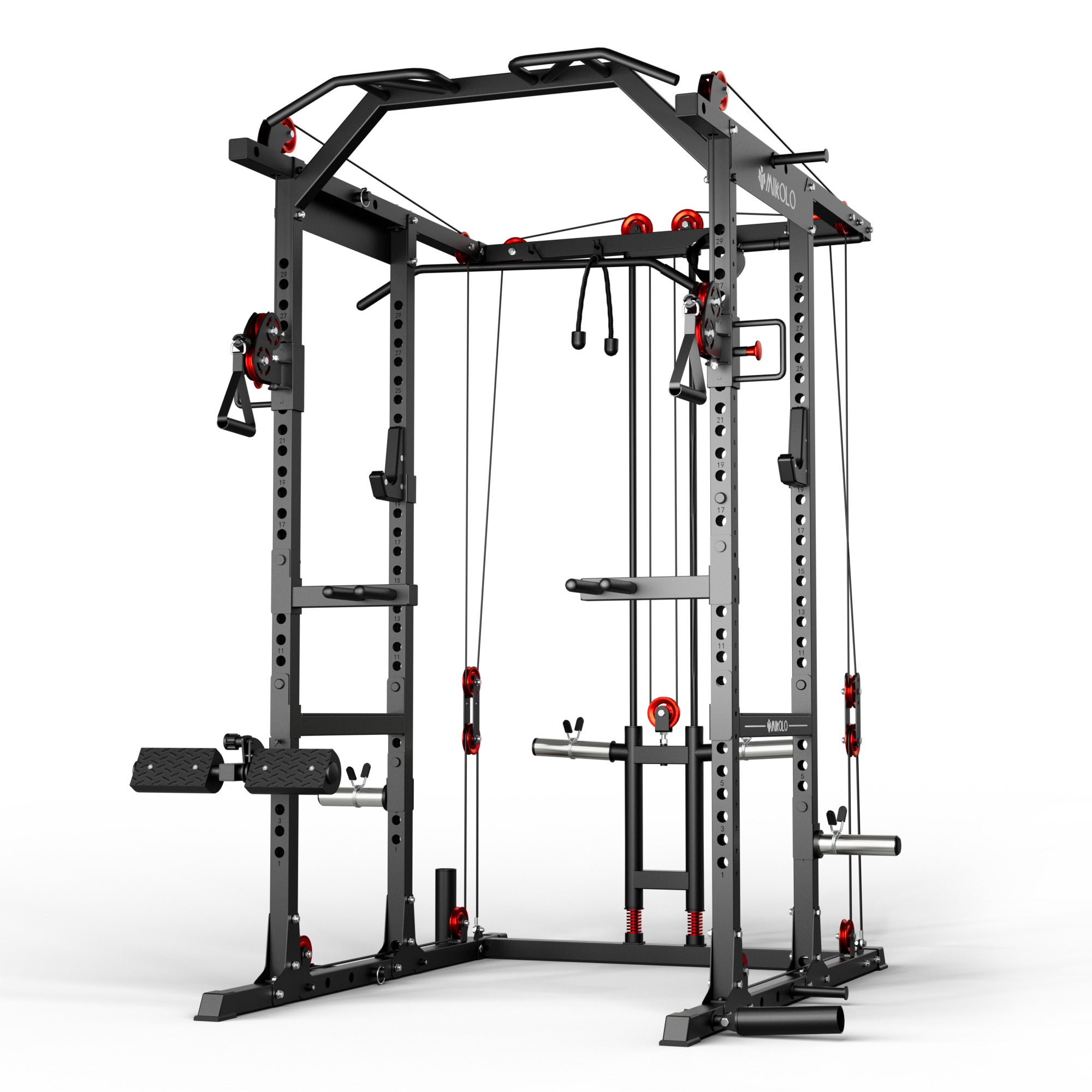
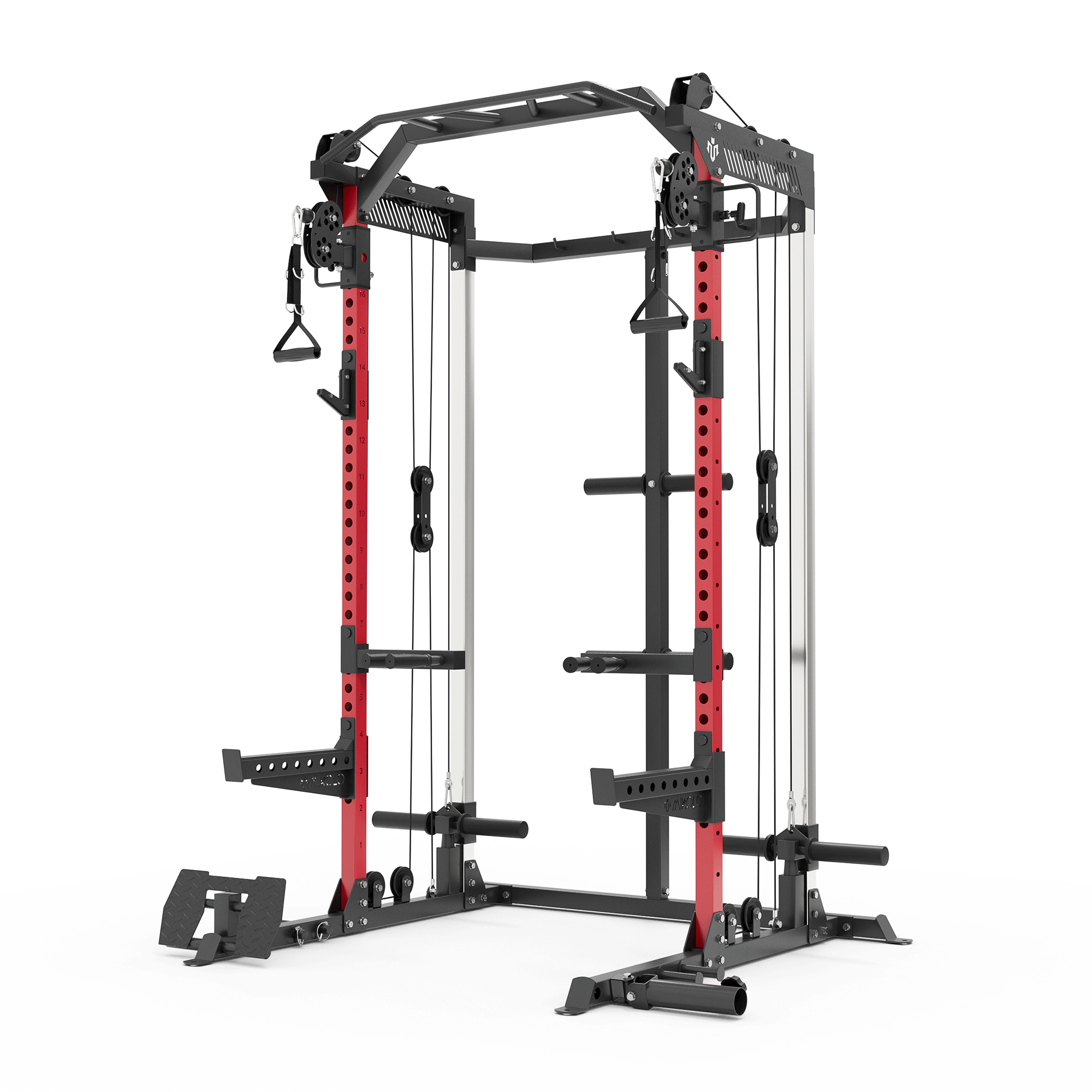
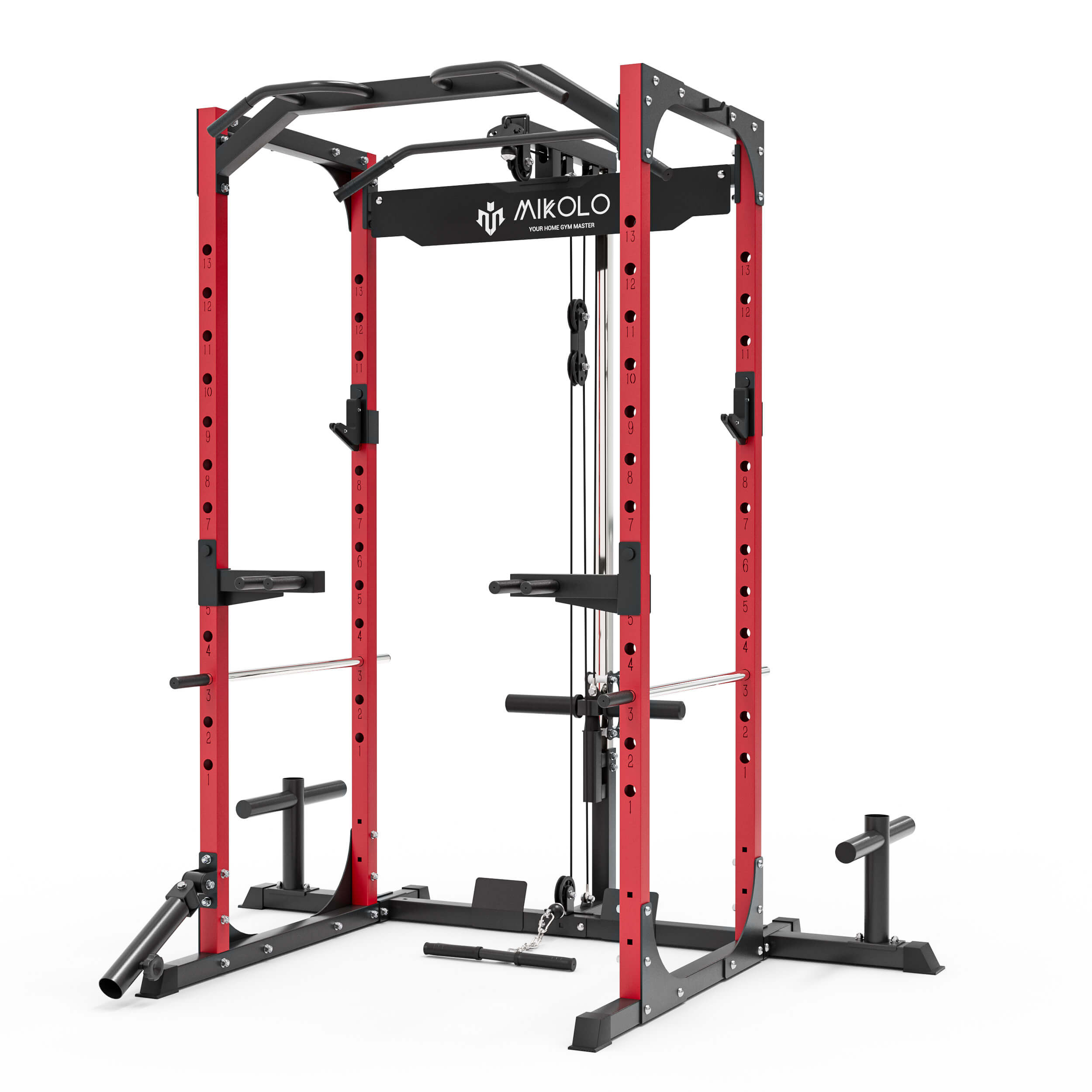
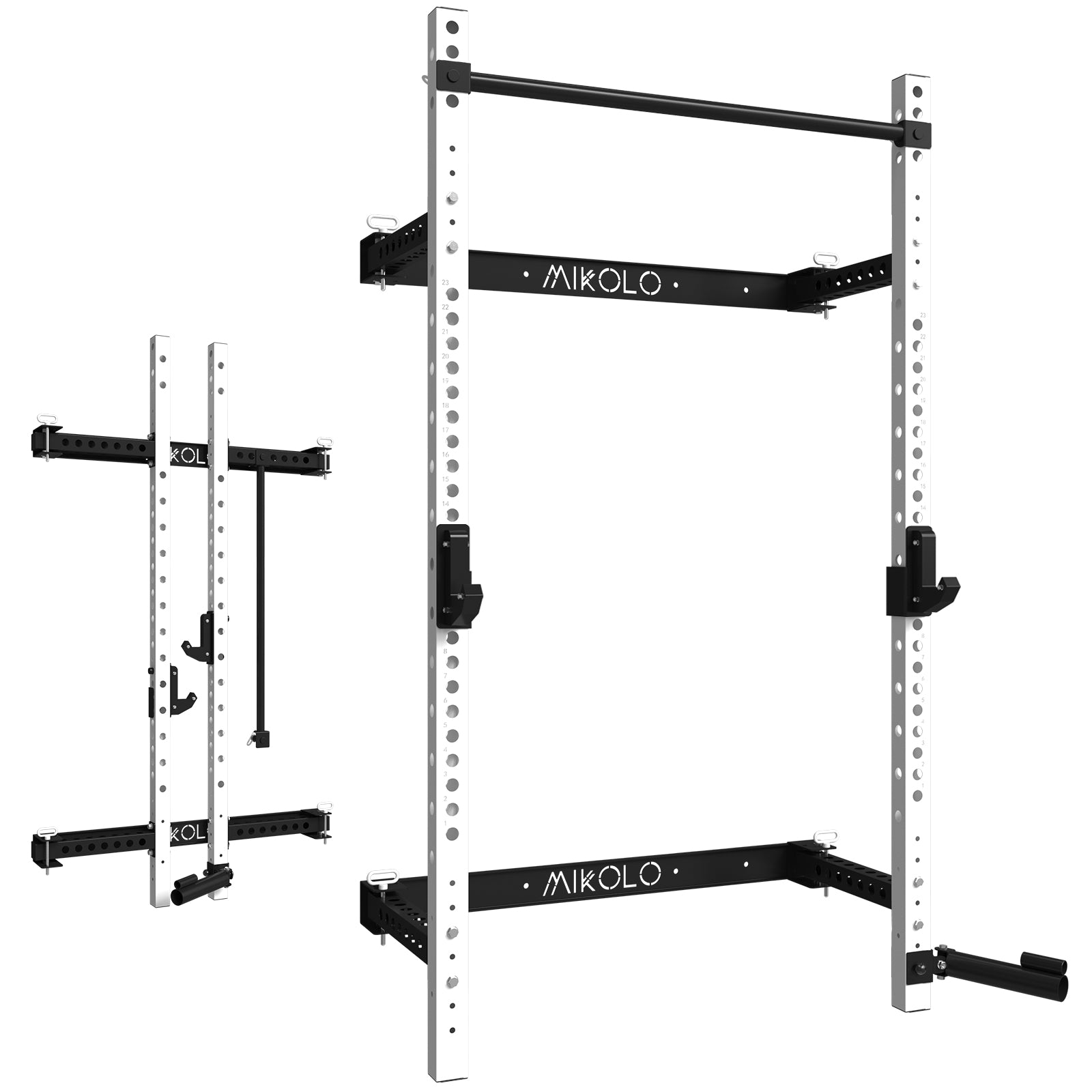
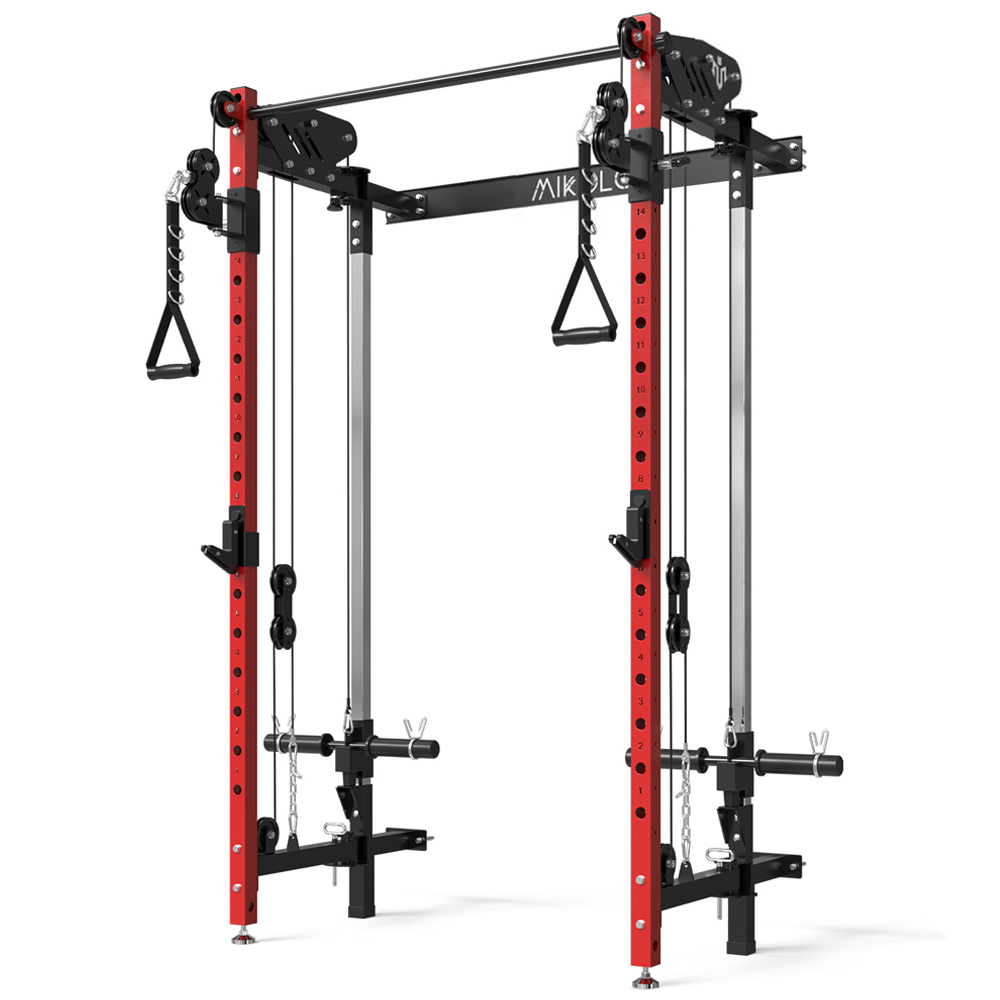
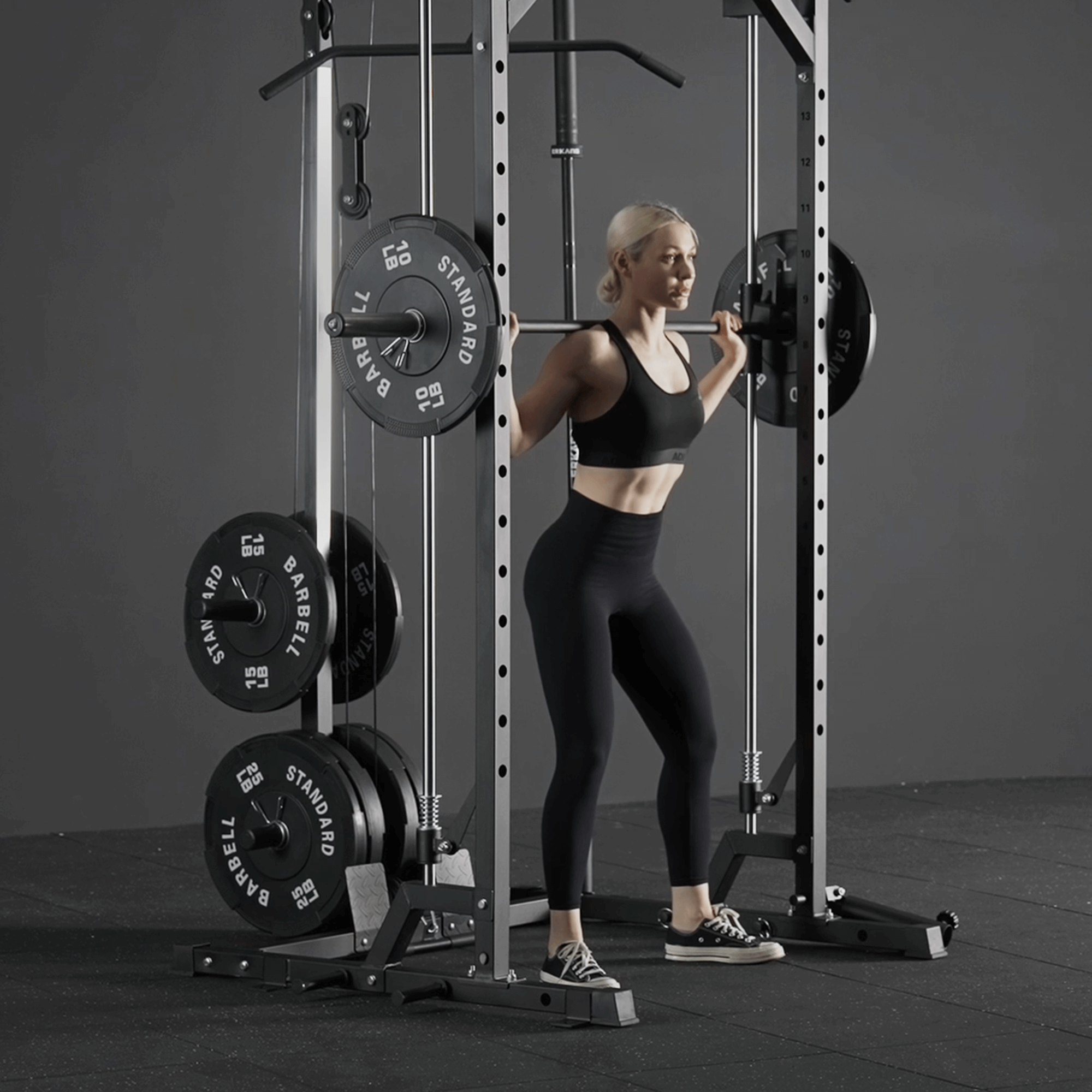
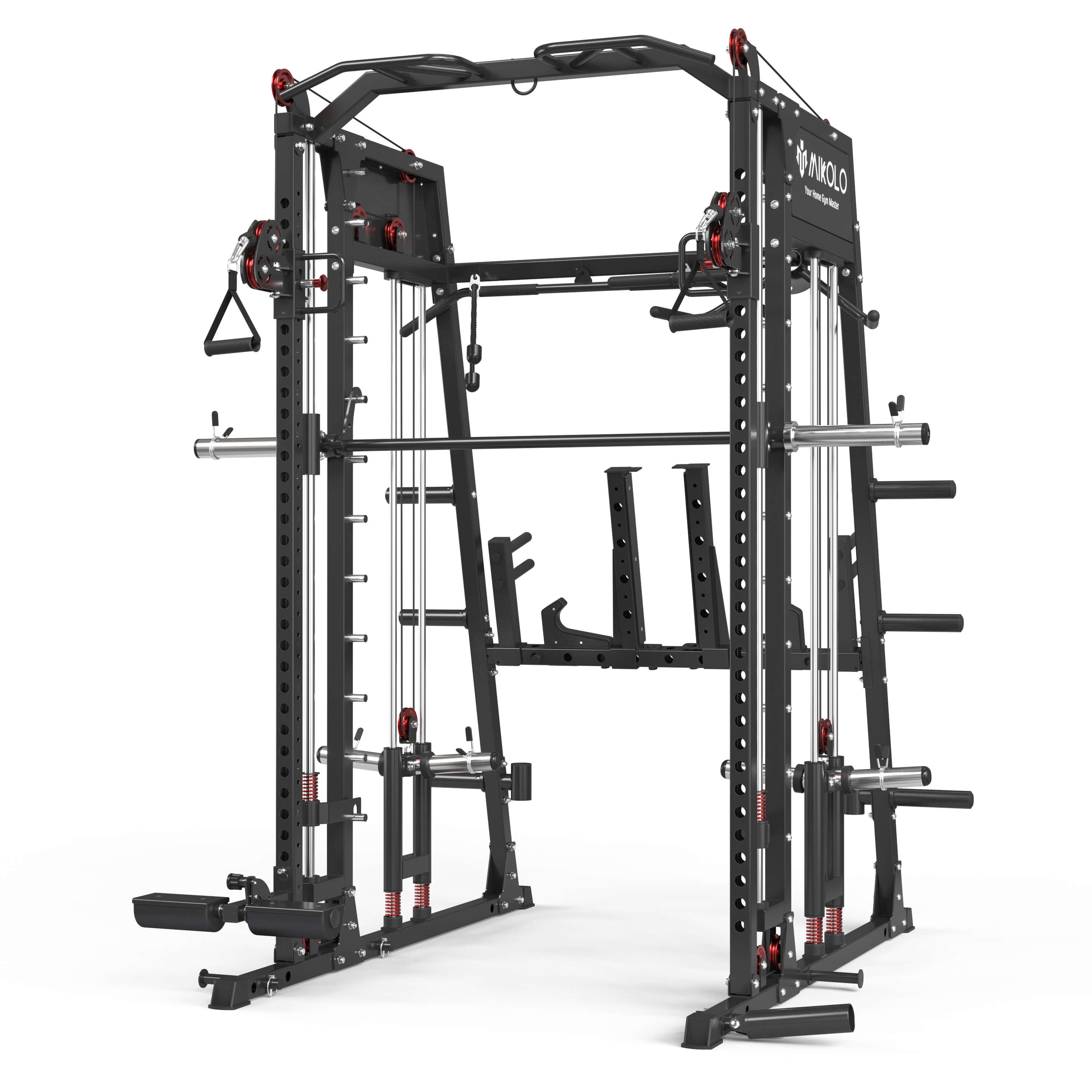

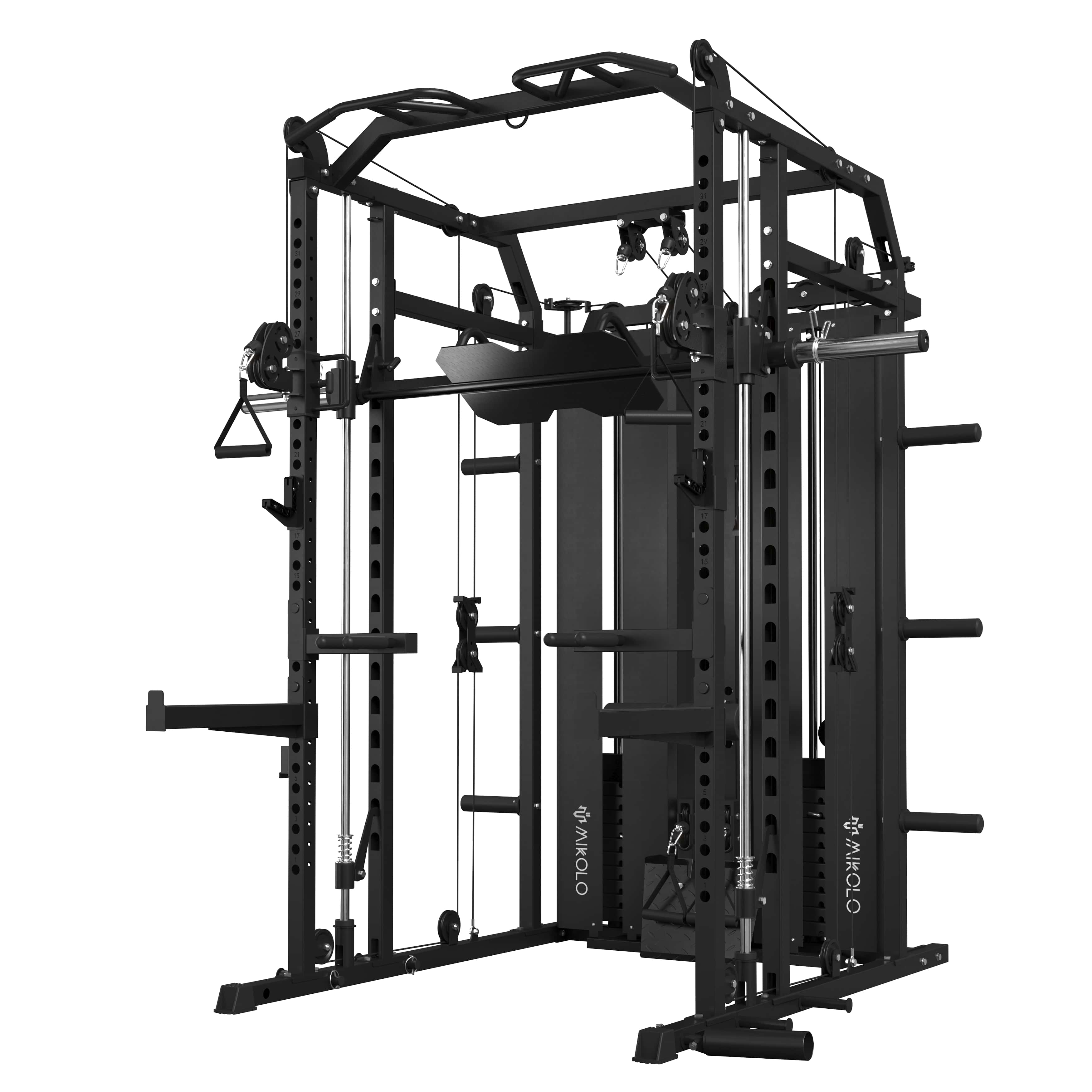
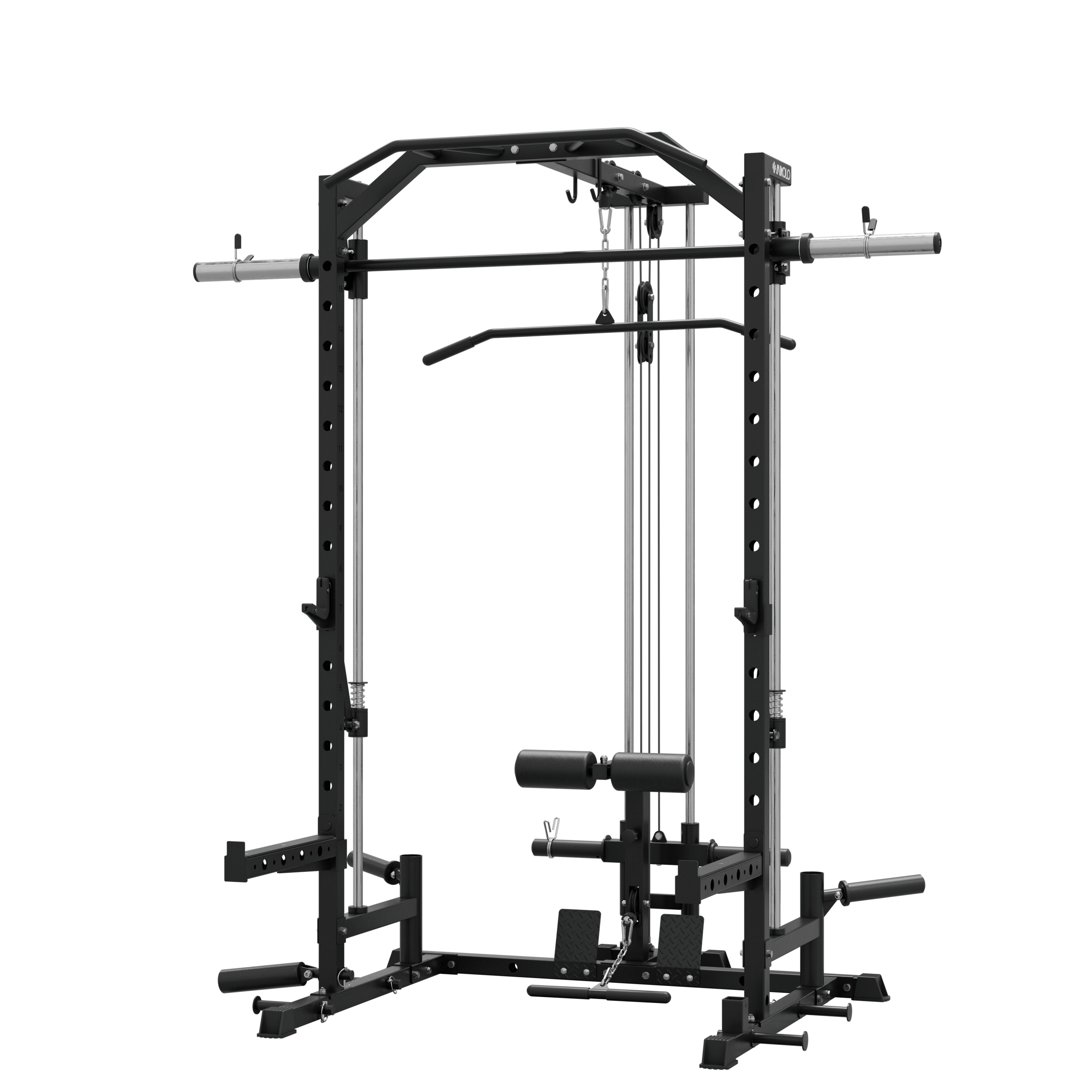
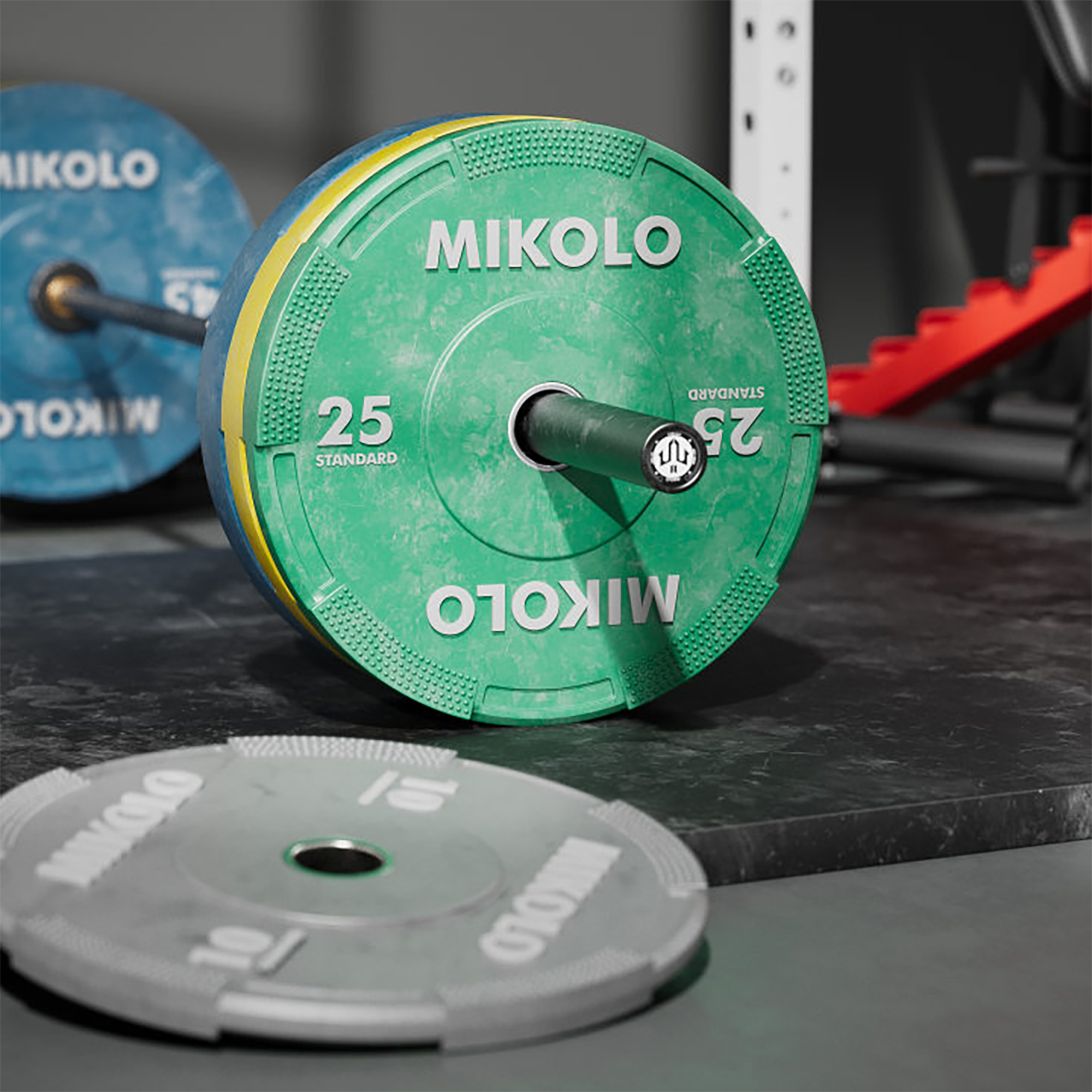
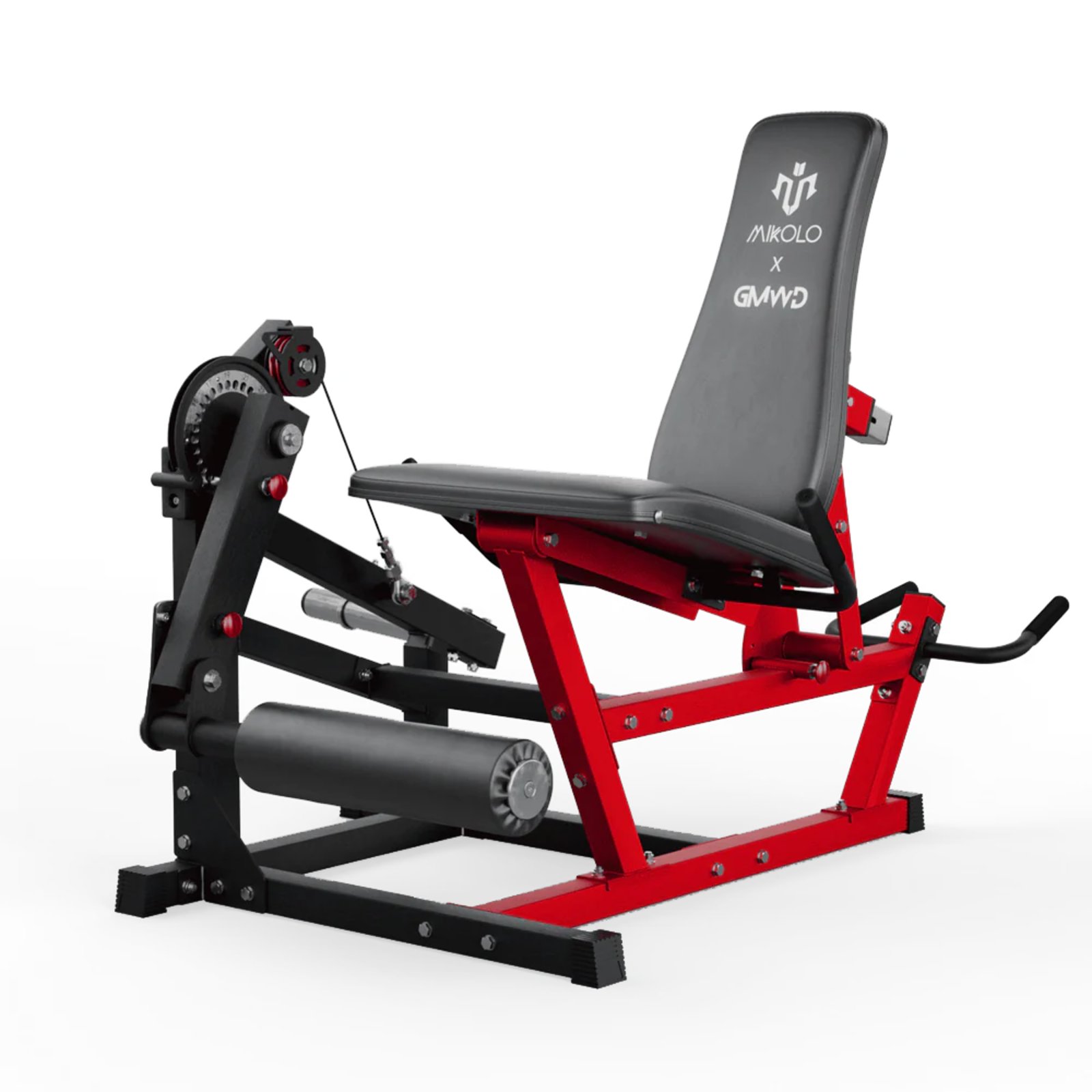
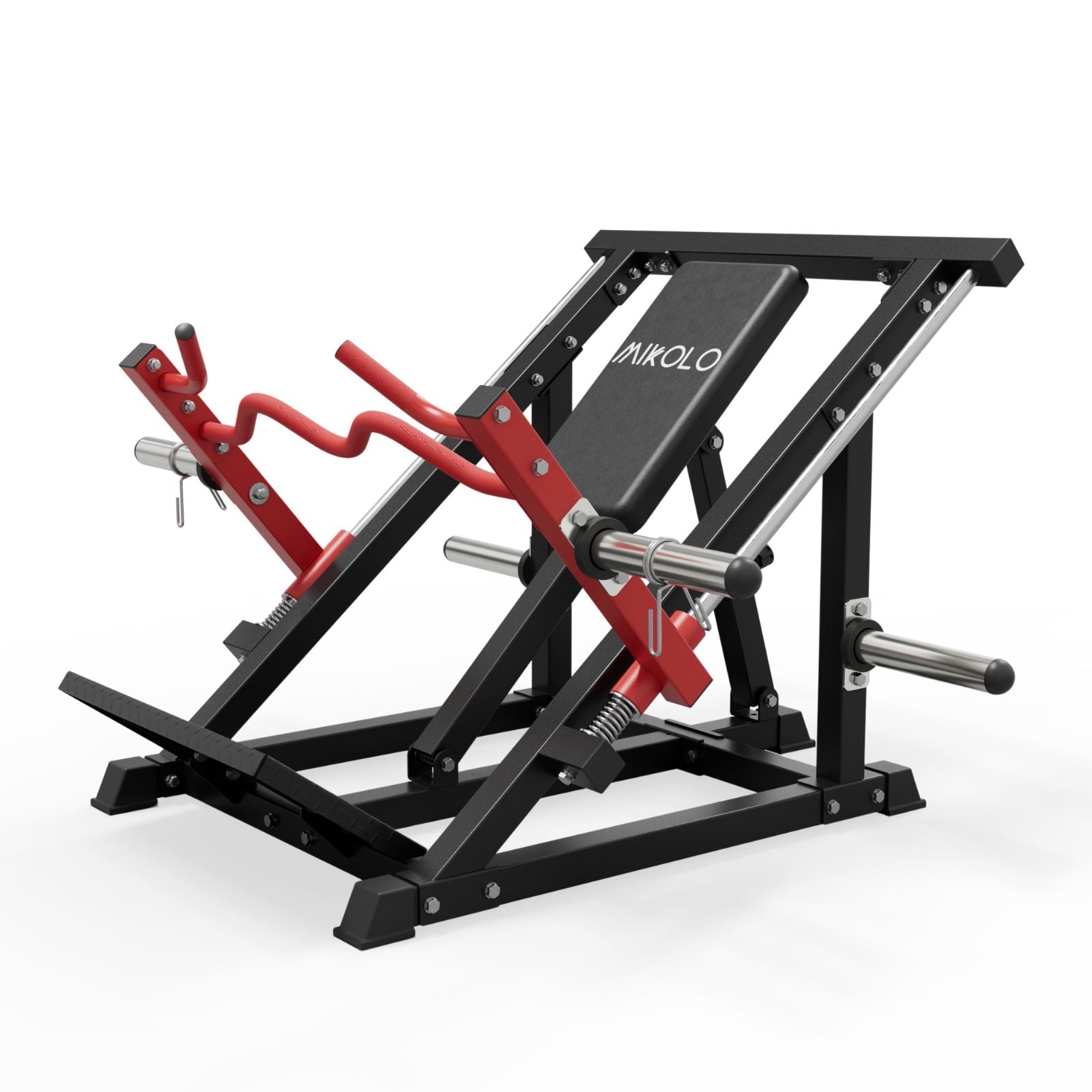
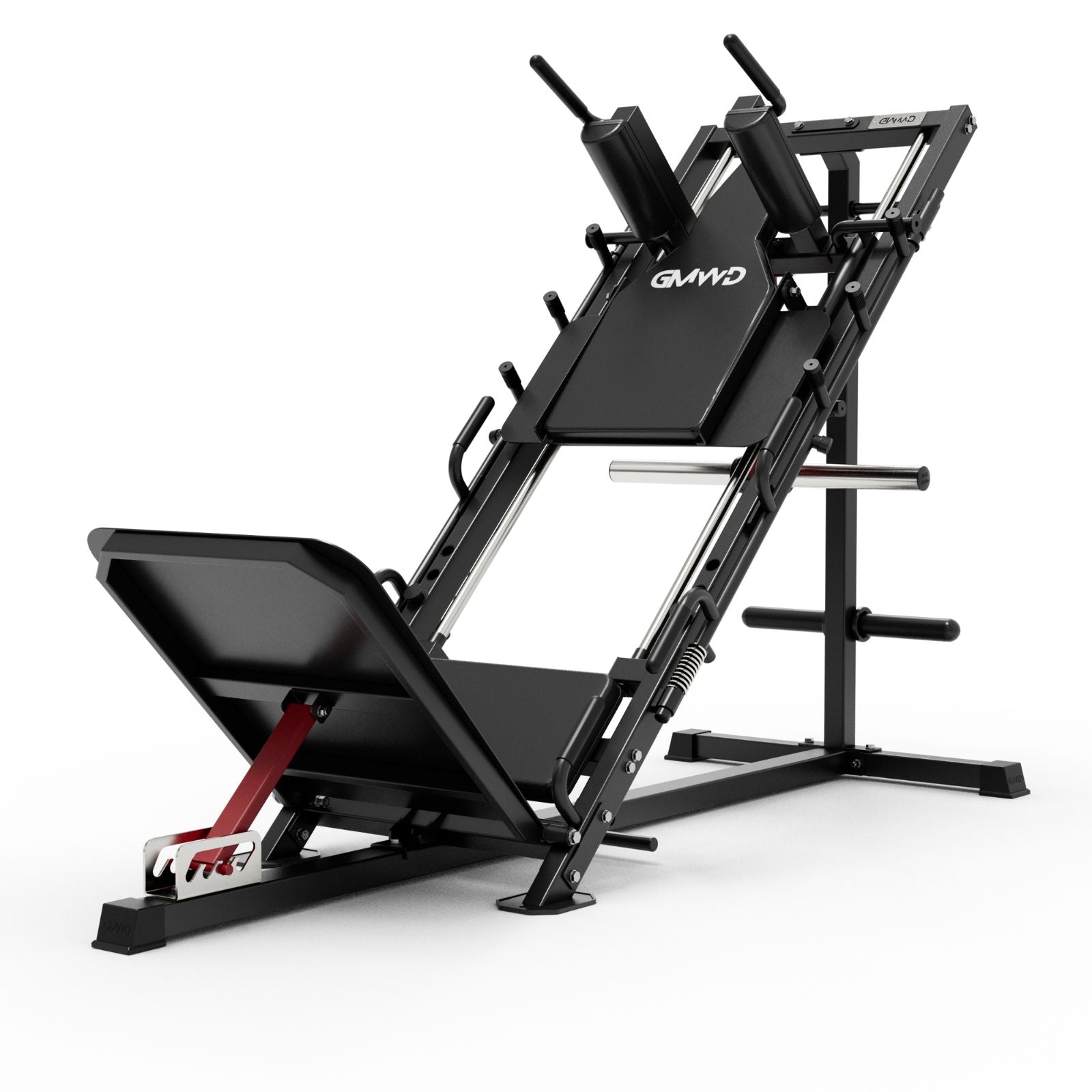
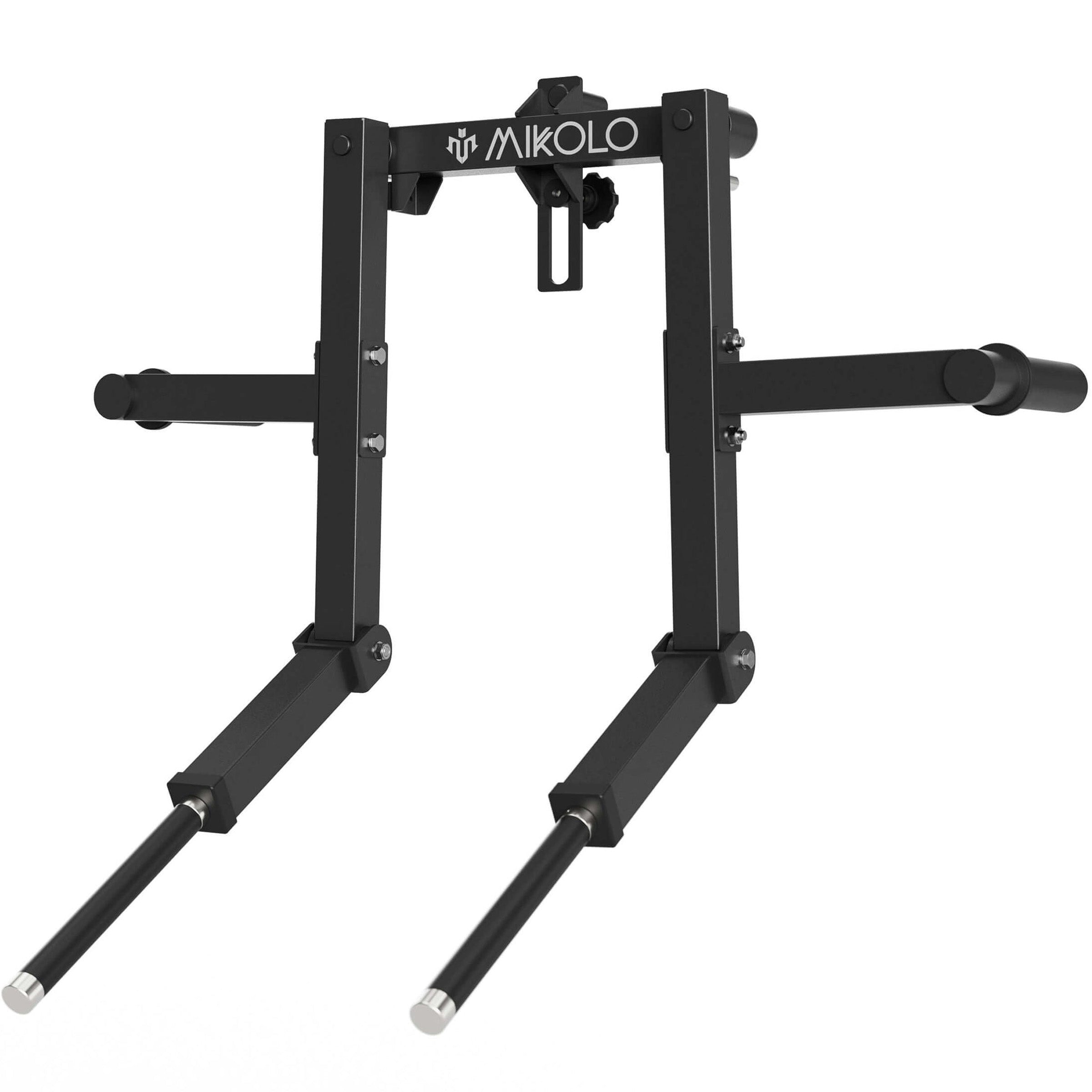
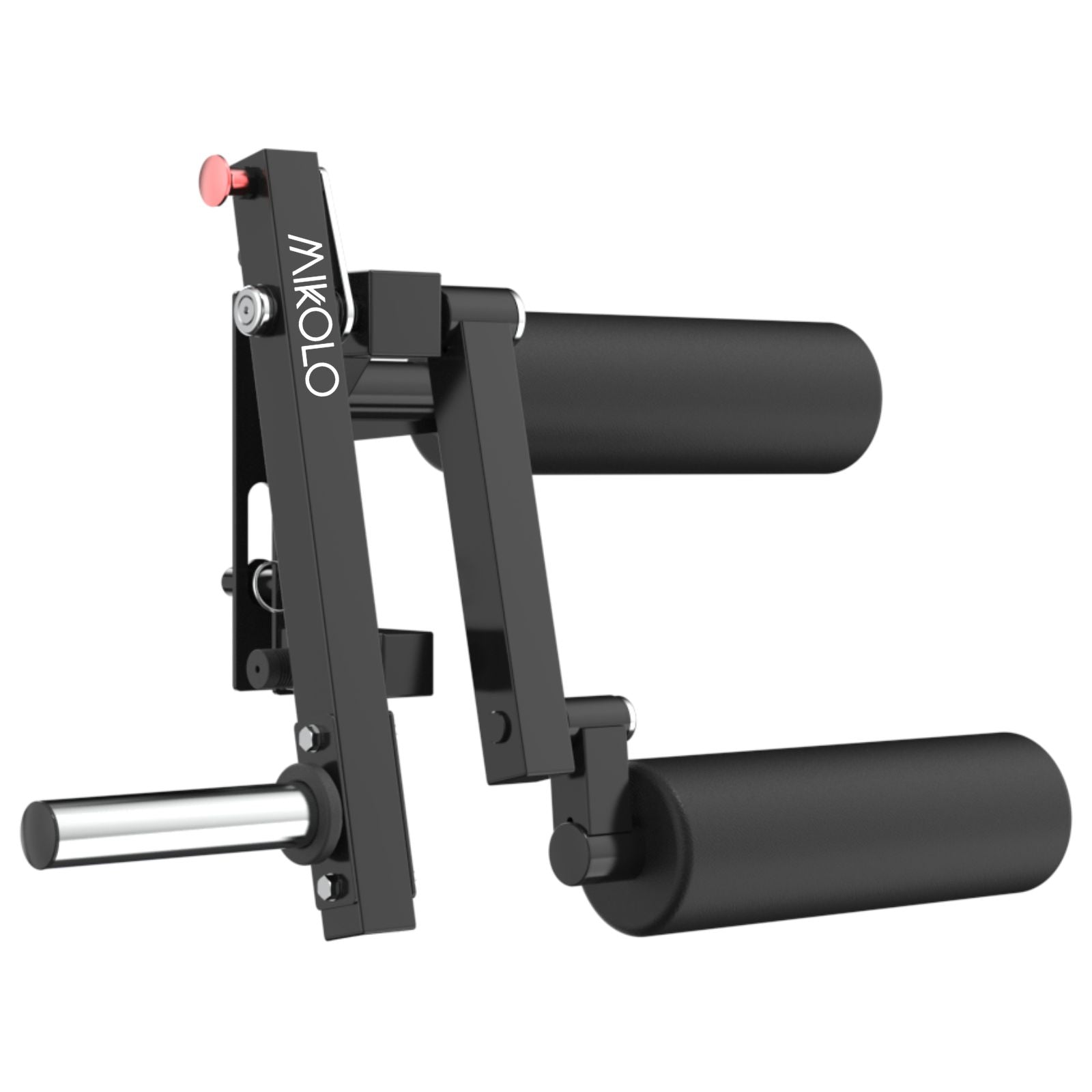
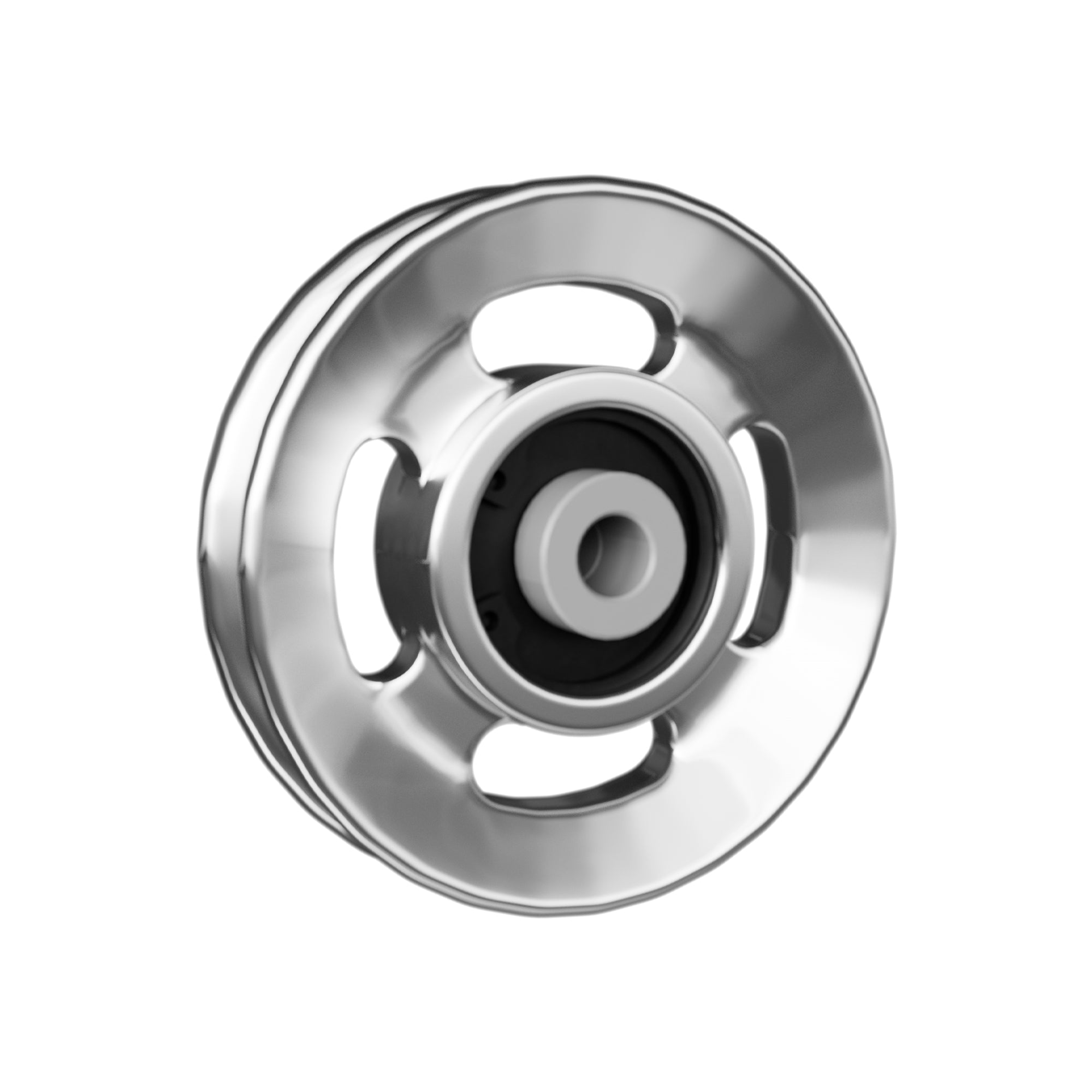
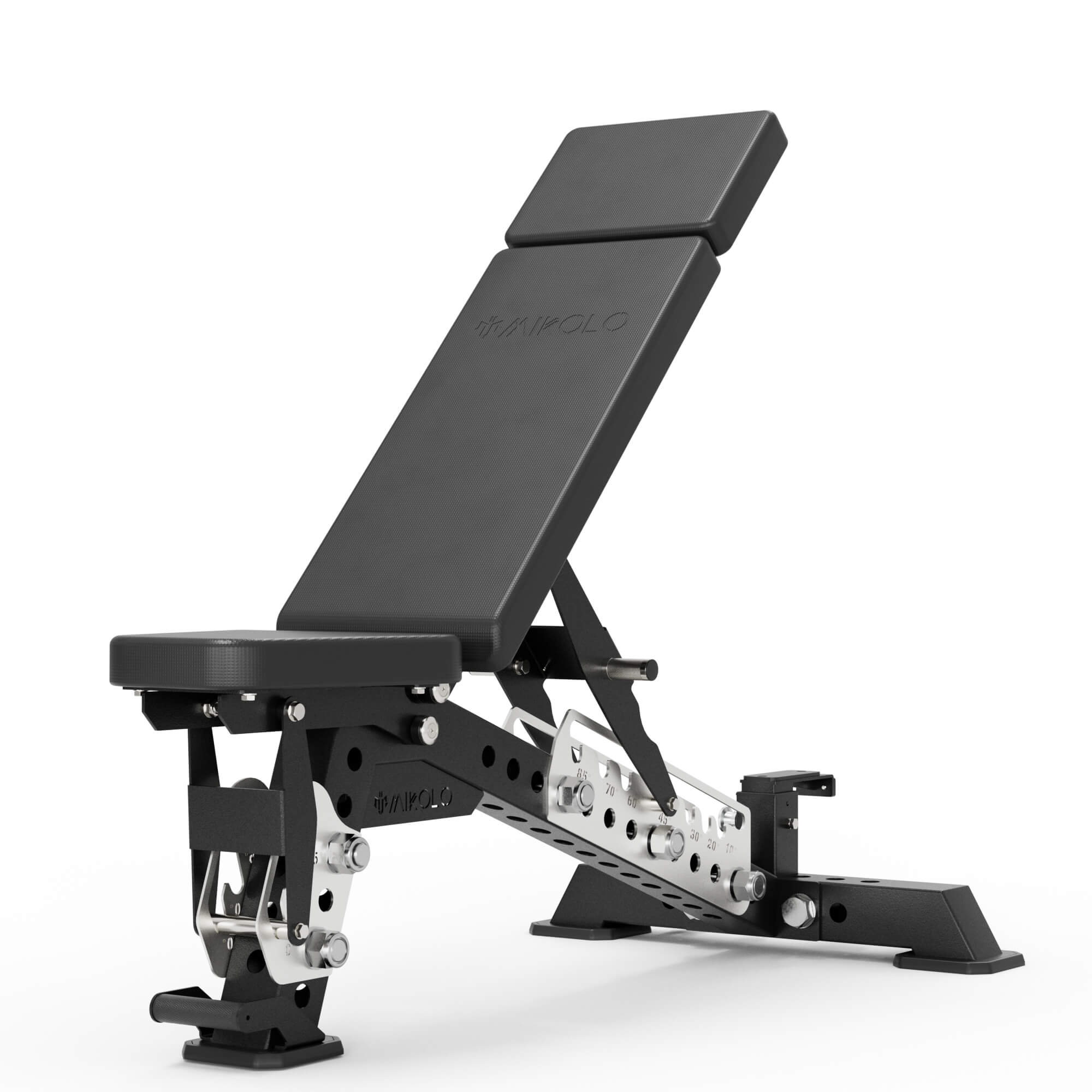
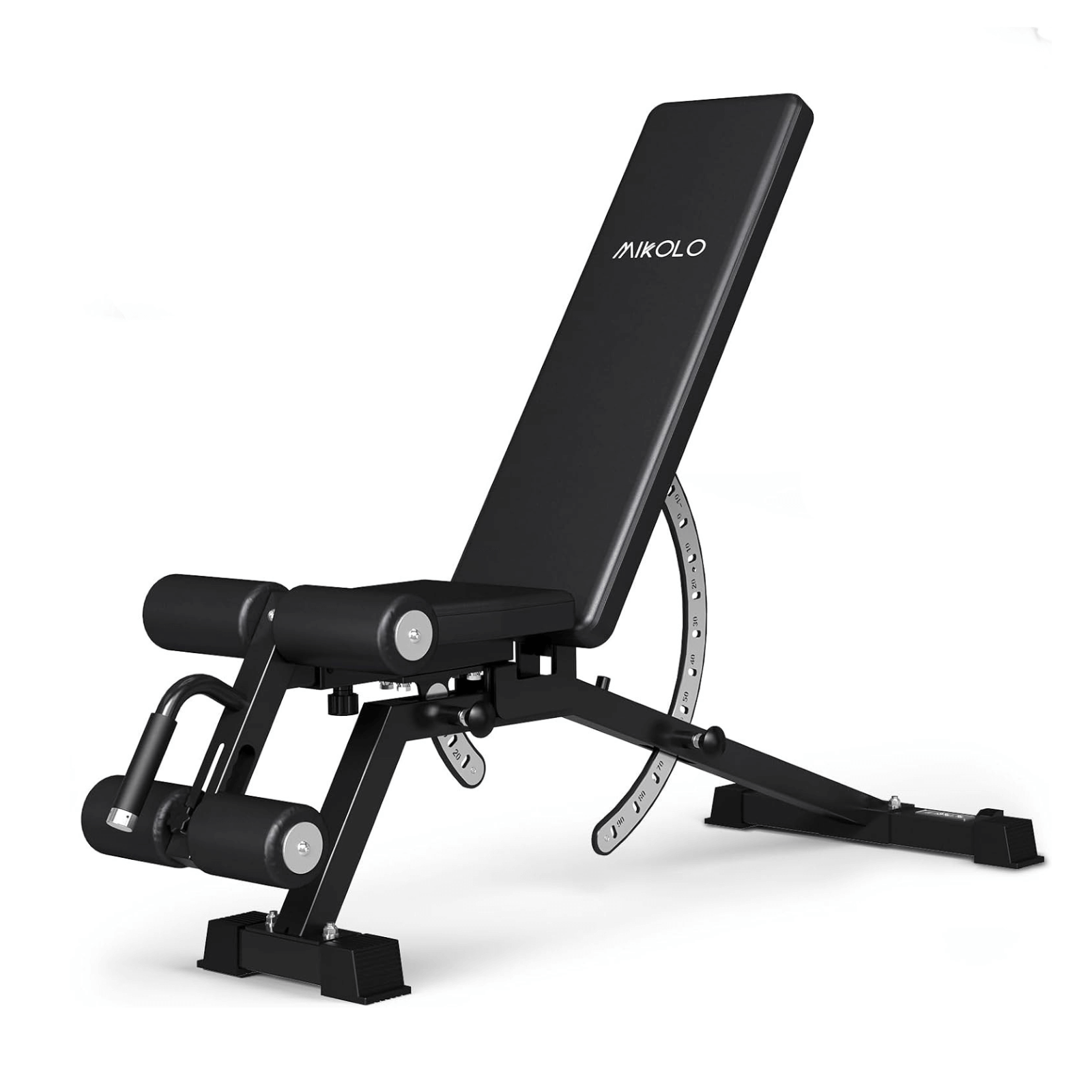
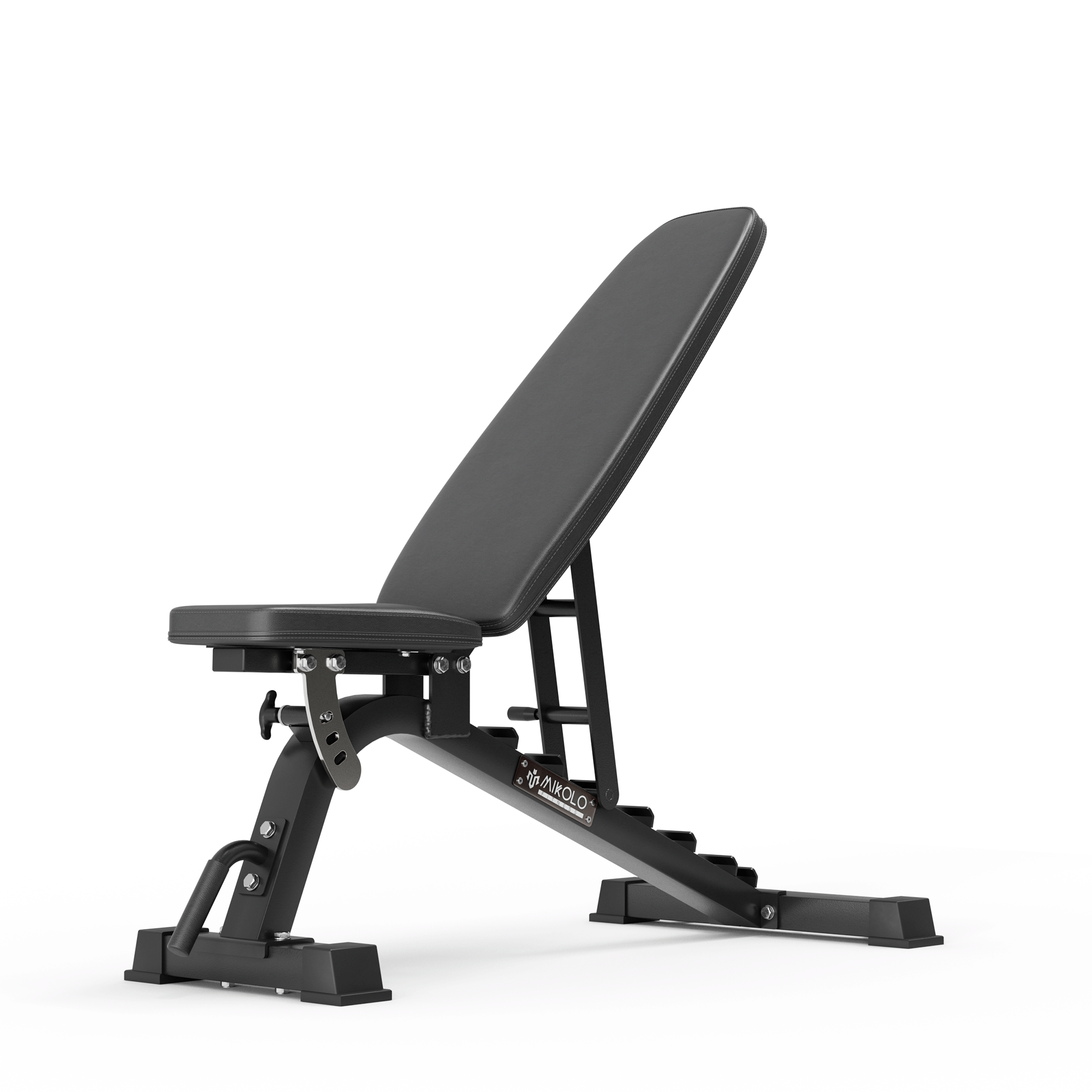
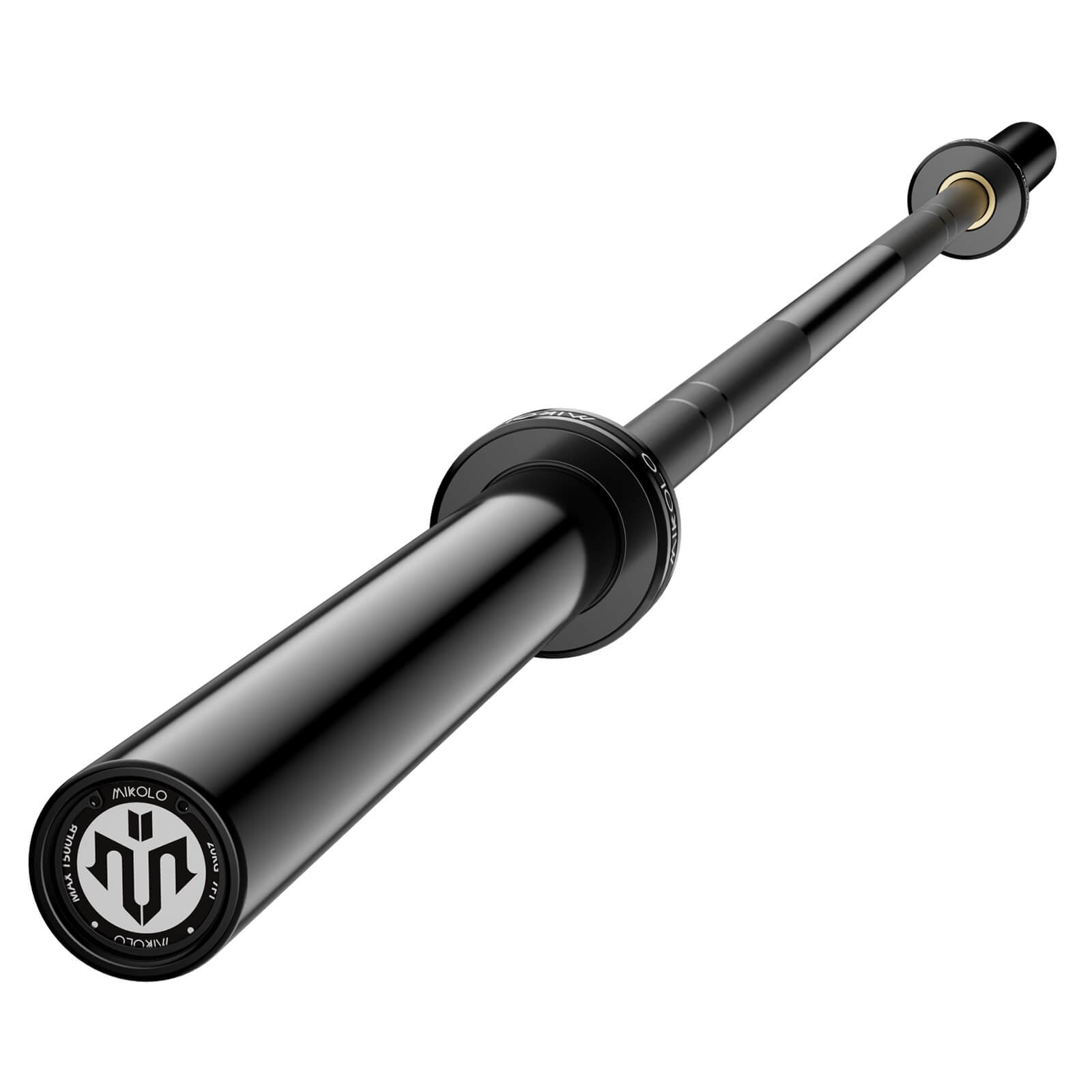
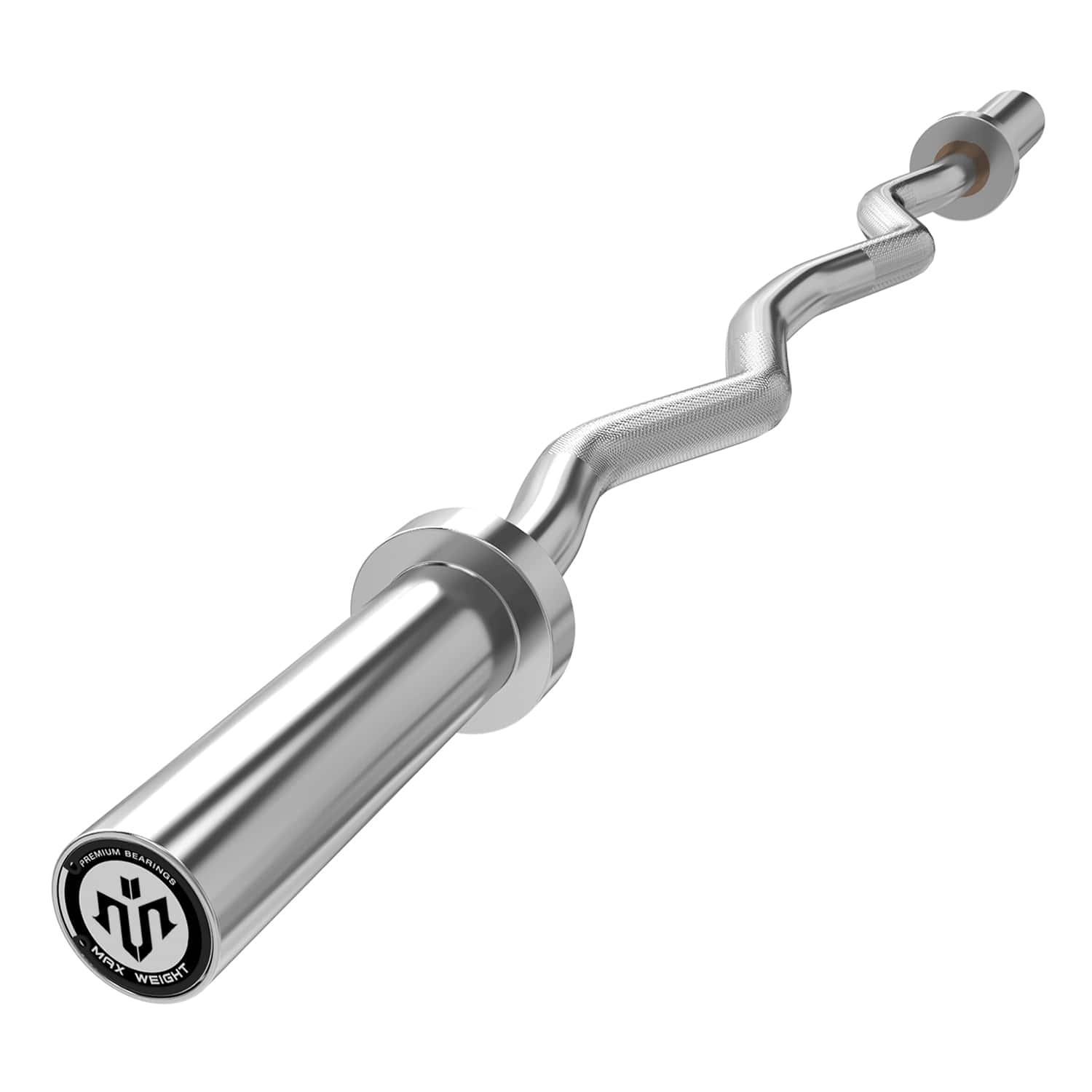
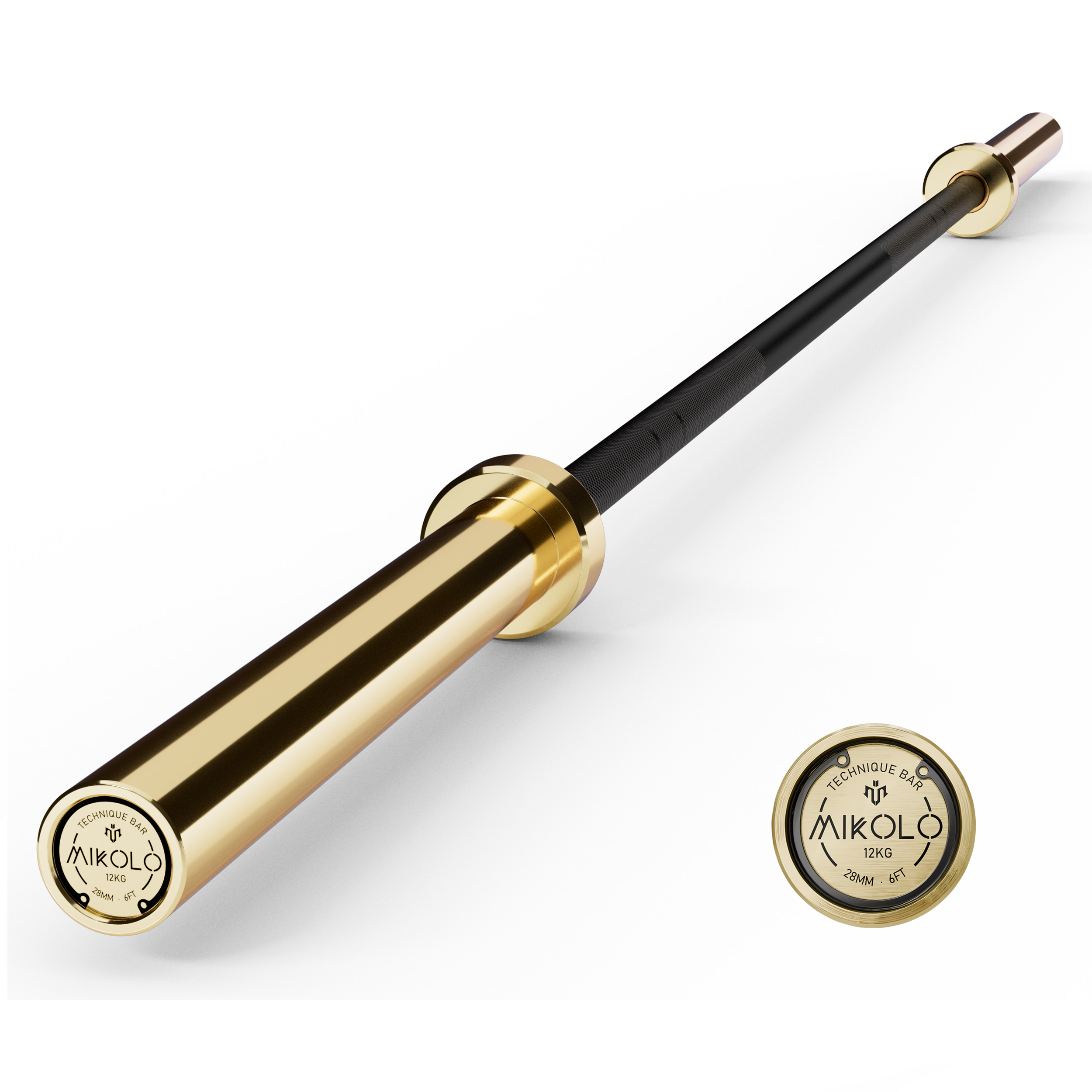
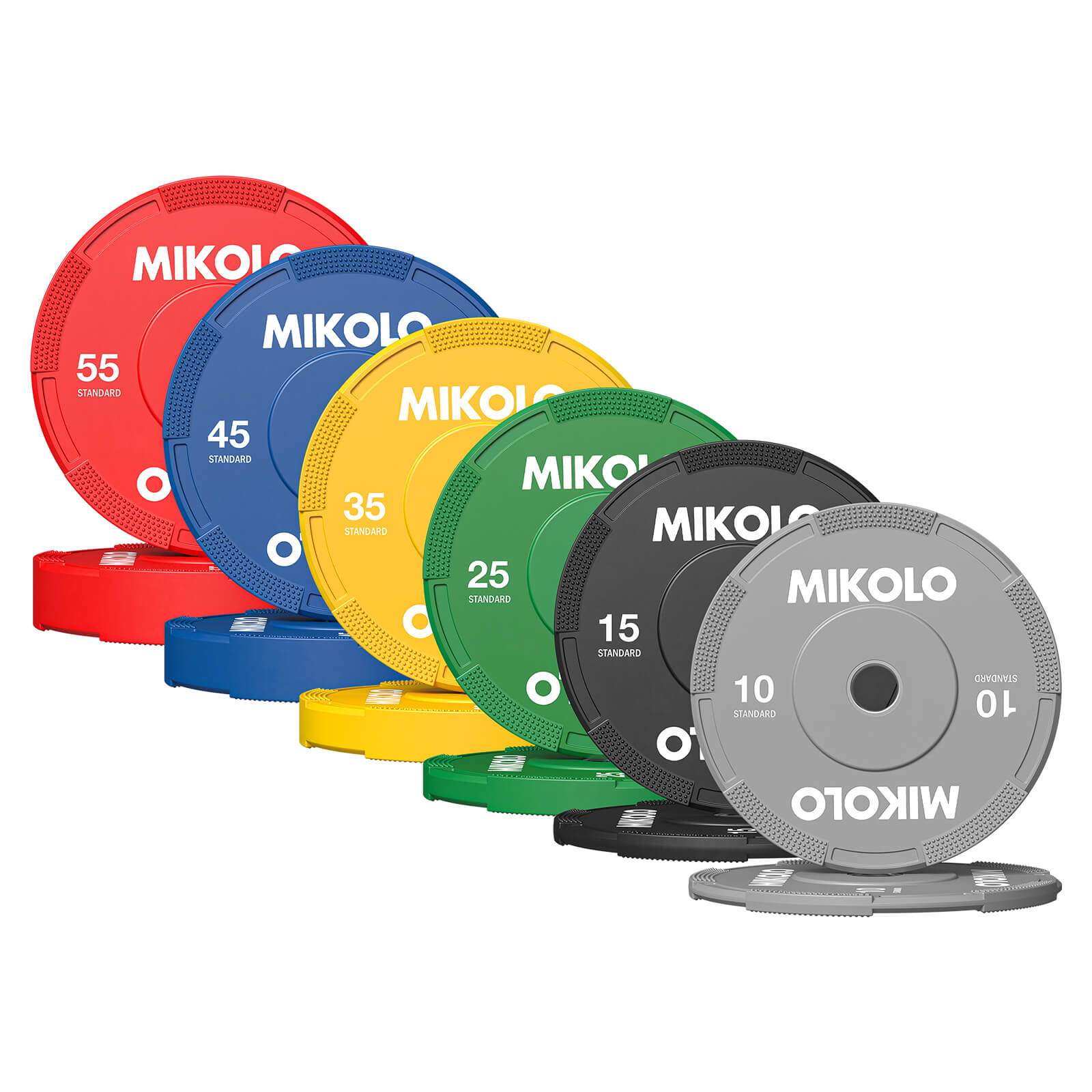
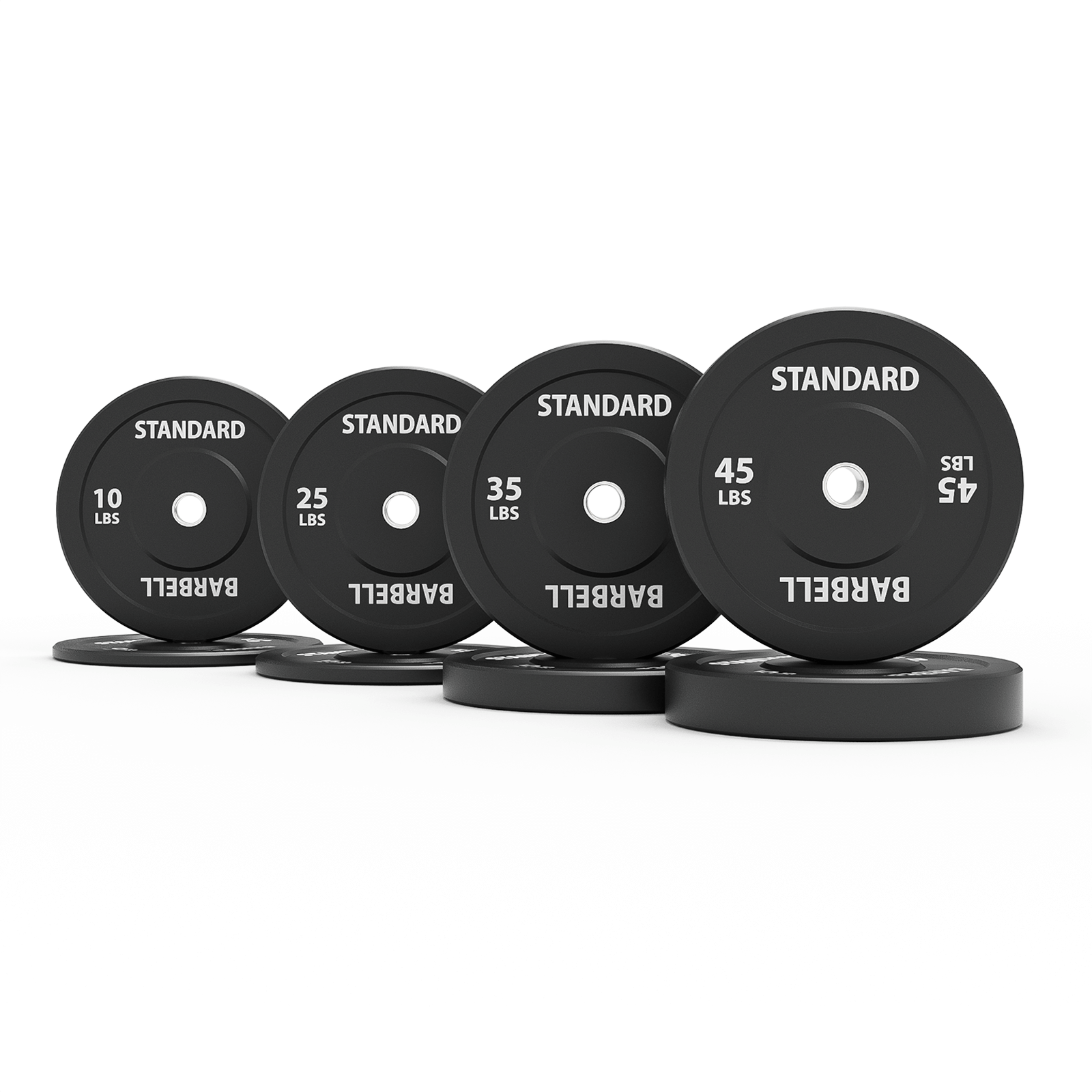
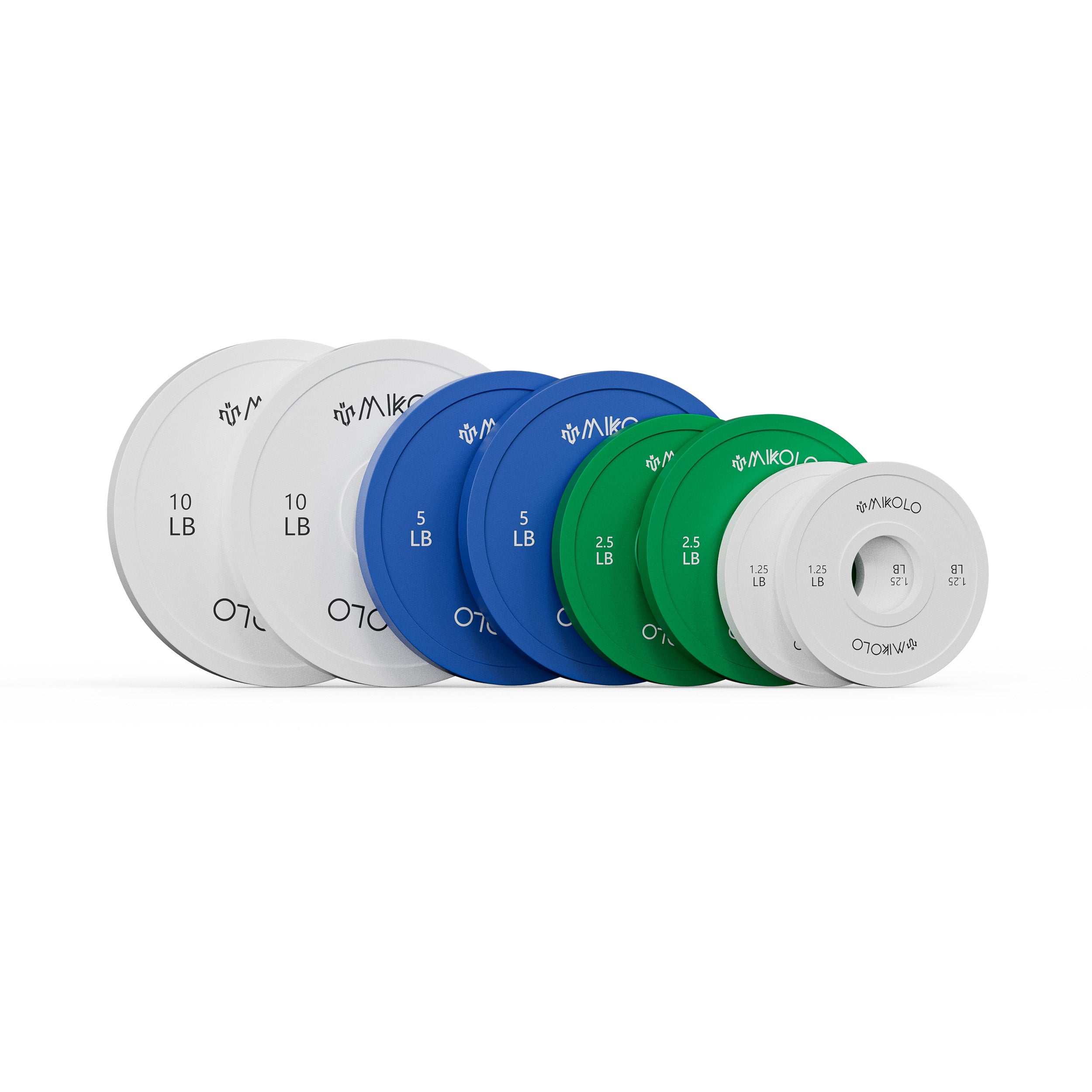

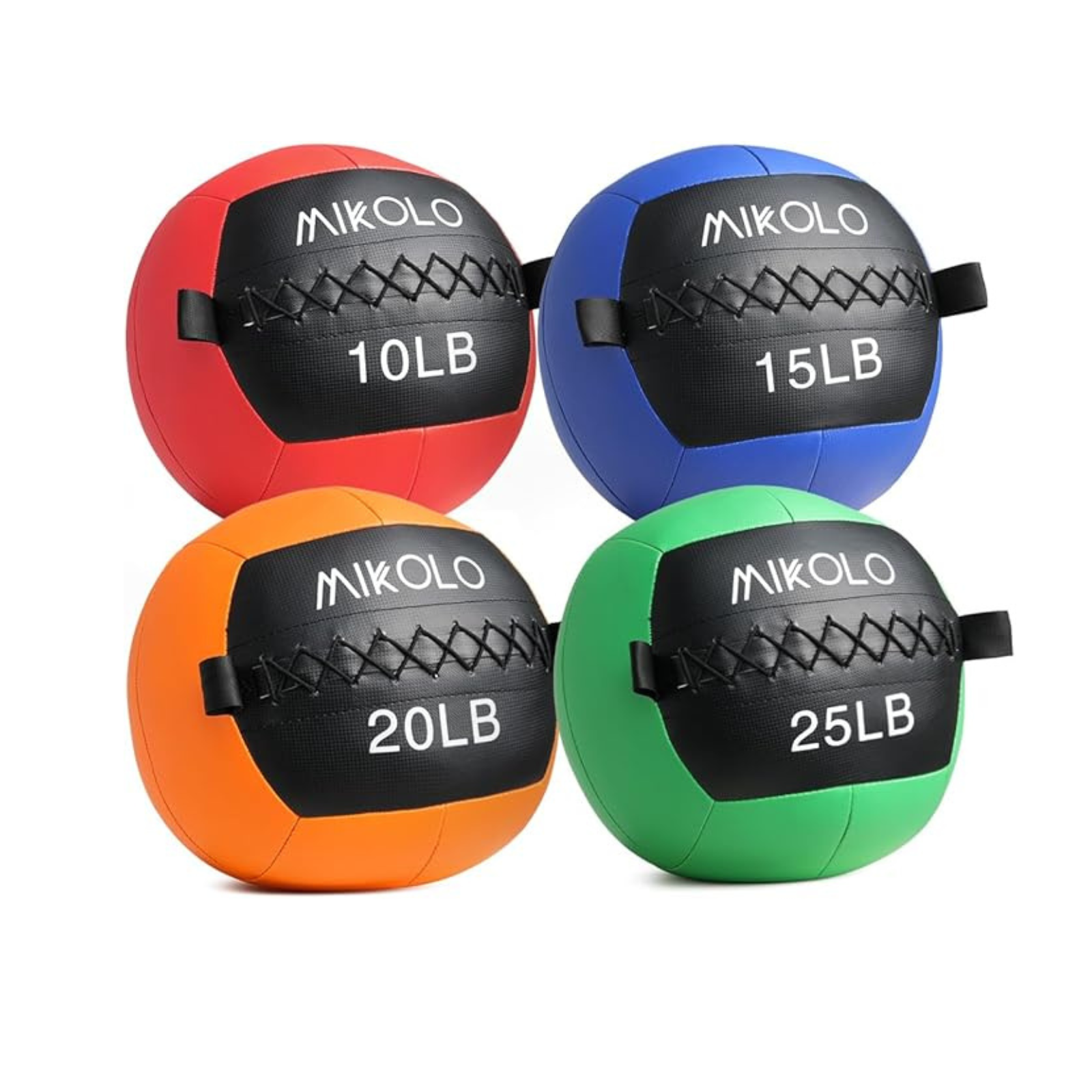
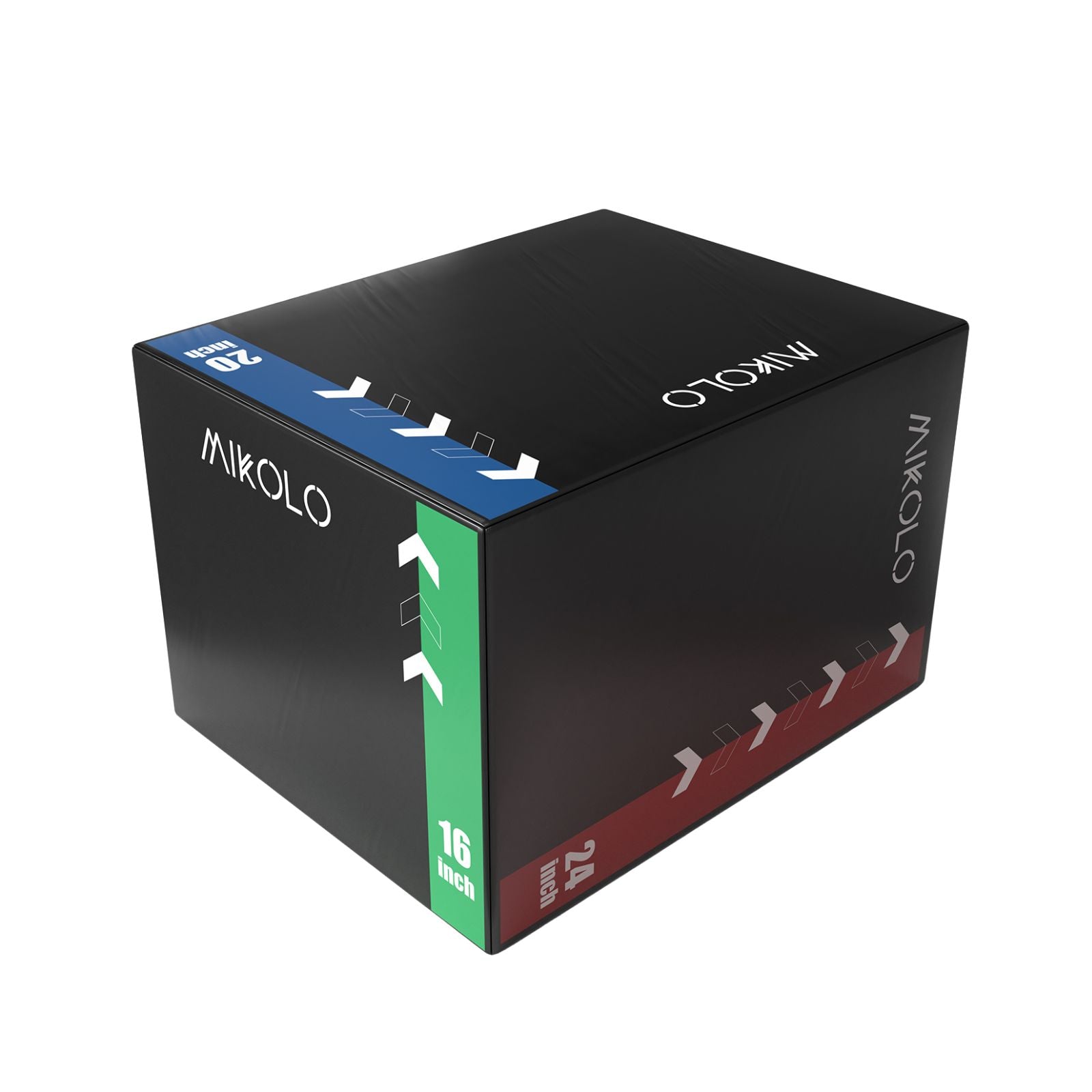
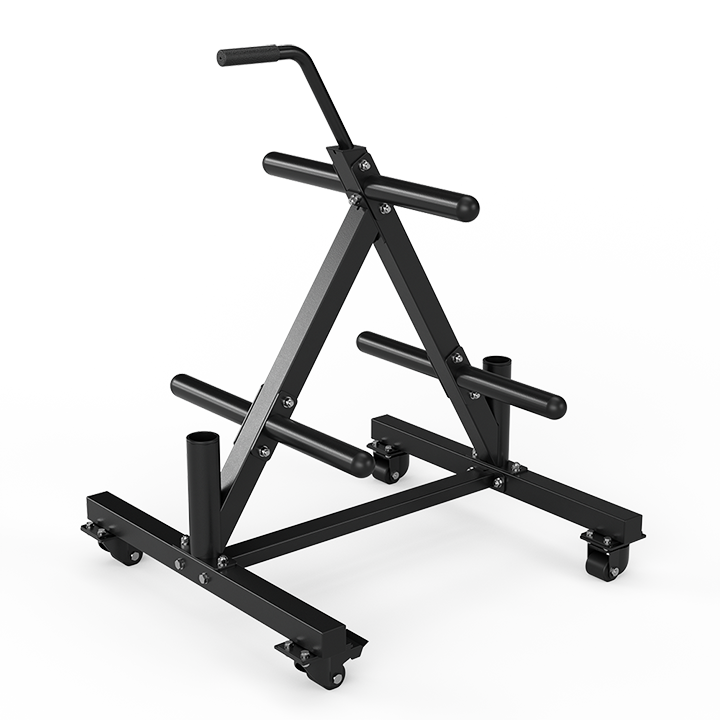
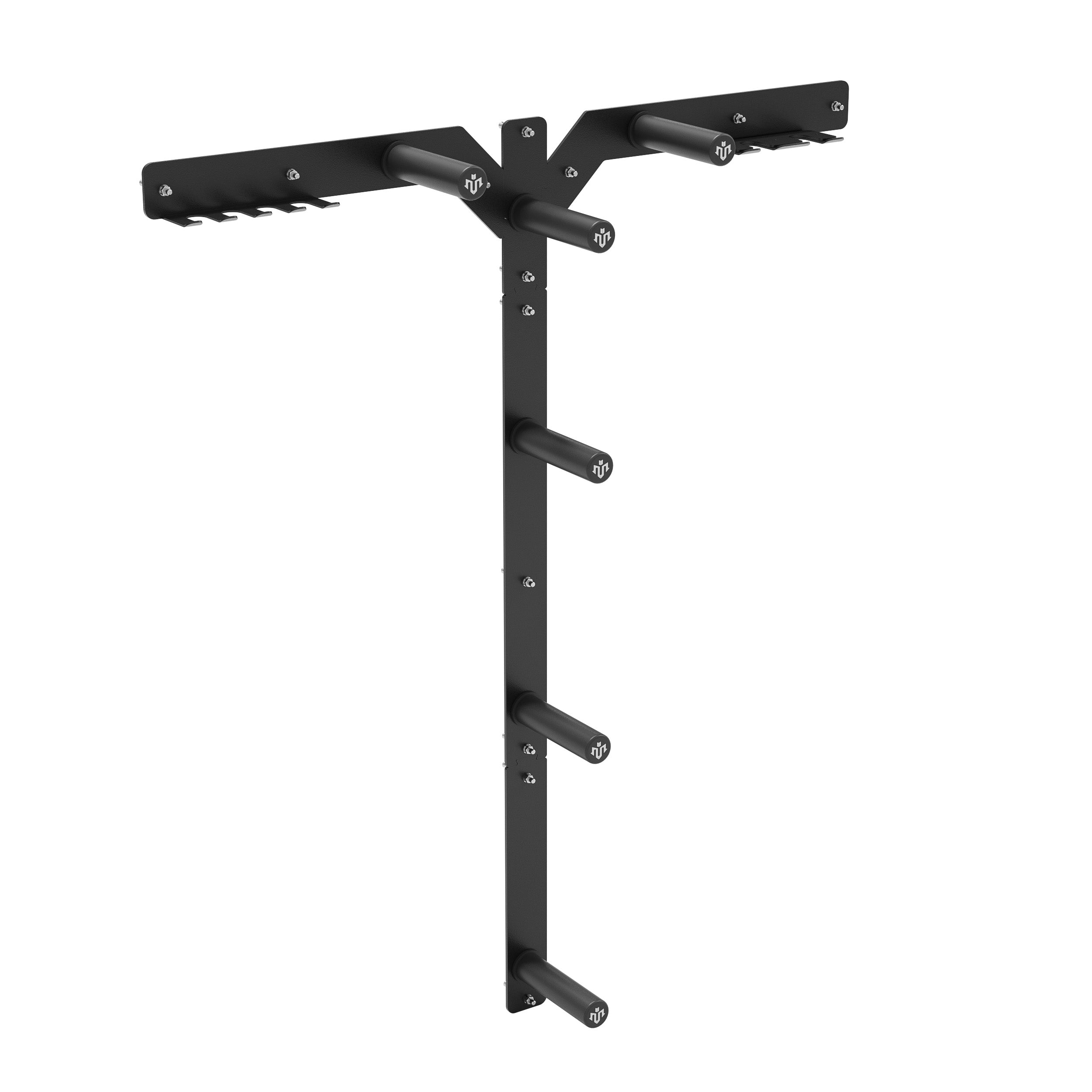
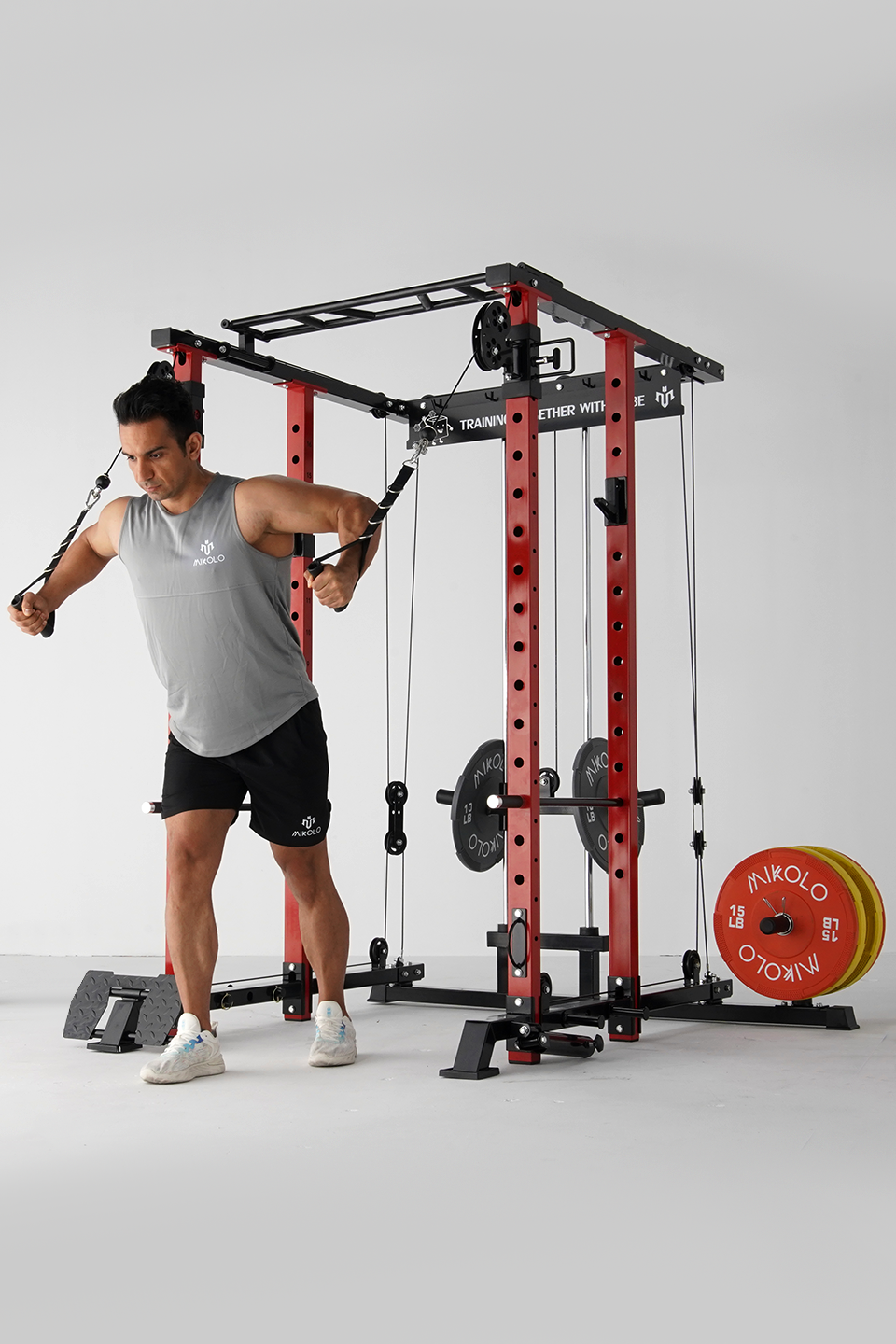



Leave a comment
This site is protected by hCaptcha and the hCaptcha Privacy Policy and Terms of Service apply.